Like the other articles about architecture also this one is under construction …
In Yokohama you have to know that the whole harbour area was redesigned in a project called Mirai 21. The Queens Plaza and the Landmark Tower are the center of this new area. Another architectural highlight is the pilot office at the harbour and the old brick warehouses. You should visit the area at night.
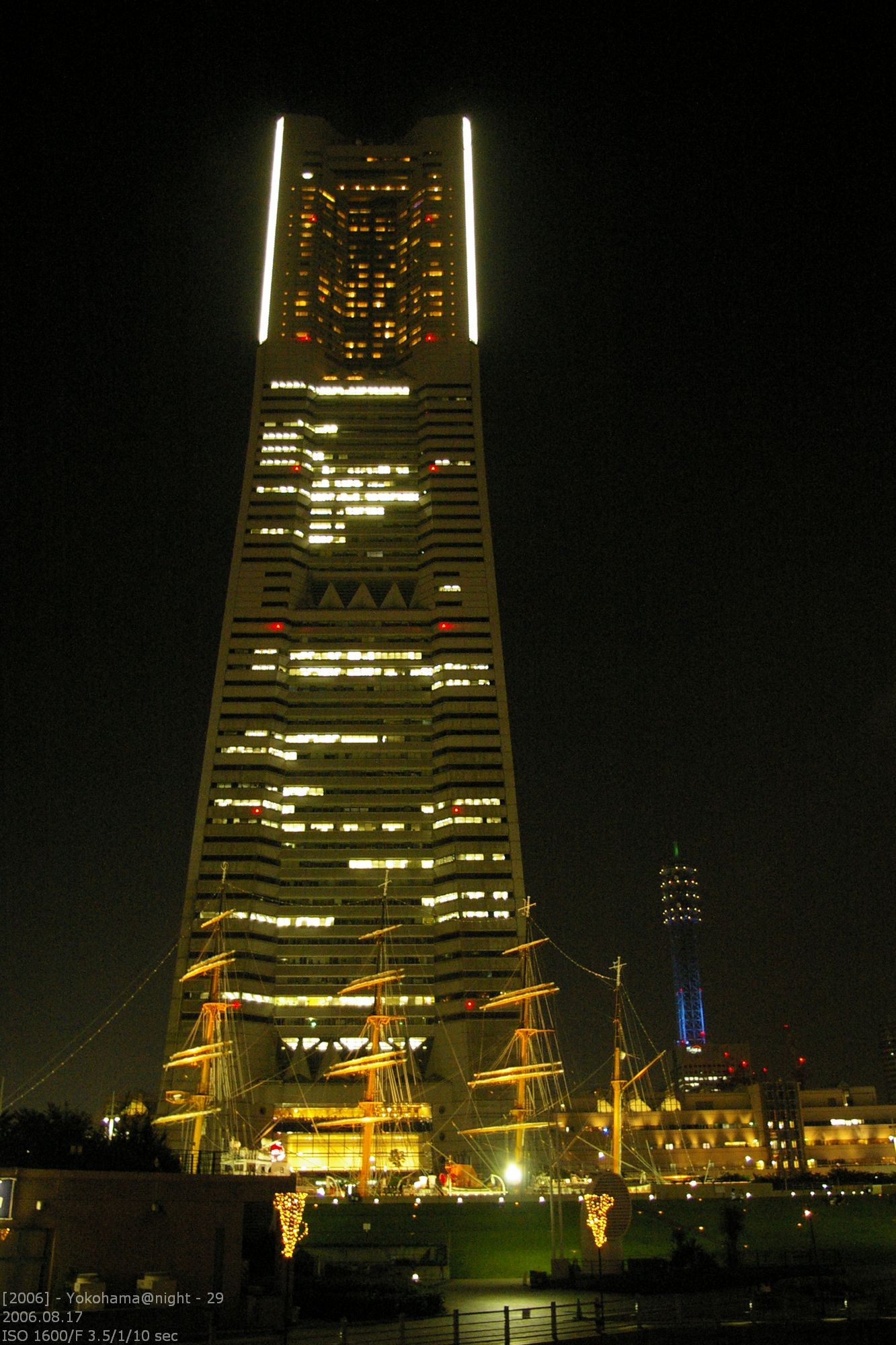
Height: 70 floors / 298,5m
Building Time: 03/1990 bis 07/1993
Architect: H. Stubbins & Associates
Before the completion of the Sky Tree in Tokyo, the Landmark Tower was the highest building in Japan. While the Sky Tree is a TV tower, the Landmark Tower is still the highest office / hotel building.
The building is splitted into two functional areas. The lower floors are a shopping mall with 160 shops. Above that until the 48th floor are office space. Above this floor is the Royal Park Hotel. At the floor 69 is a sight seeing platform called „Sky Garden“. The elevator was the fastest in the world (in 2004). He reached 750m/min. The whole ride takes less than 50 seconds including closing the doors.
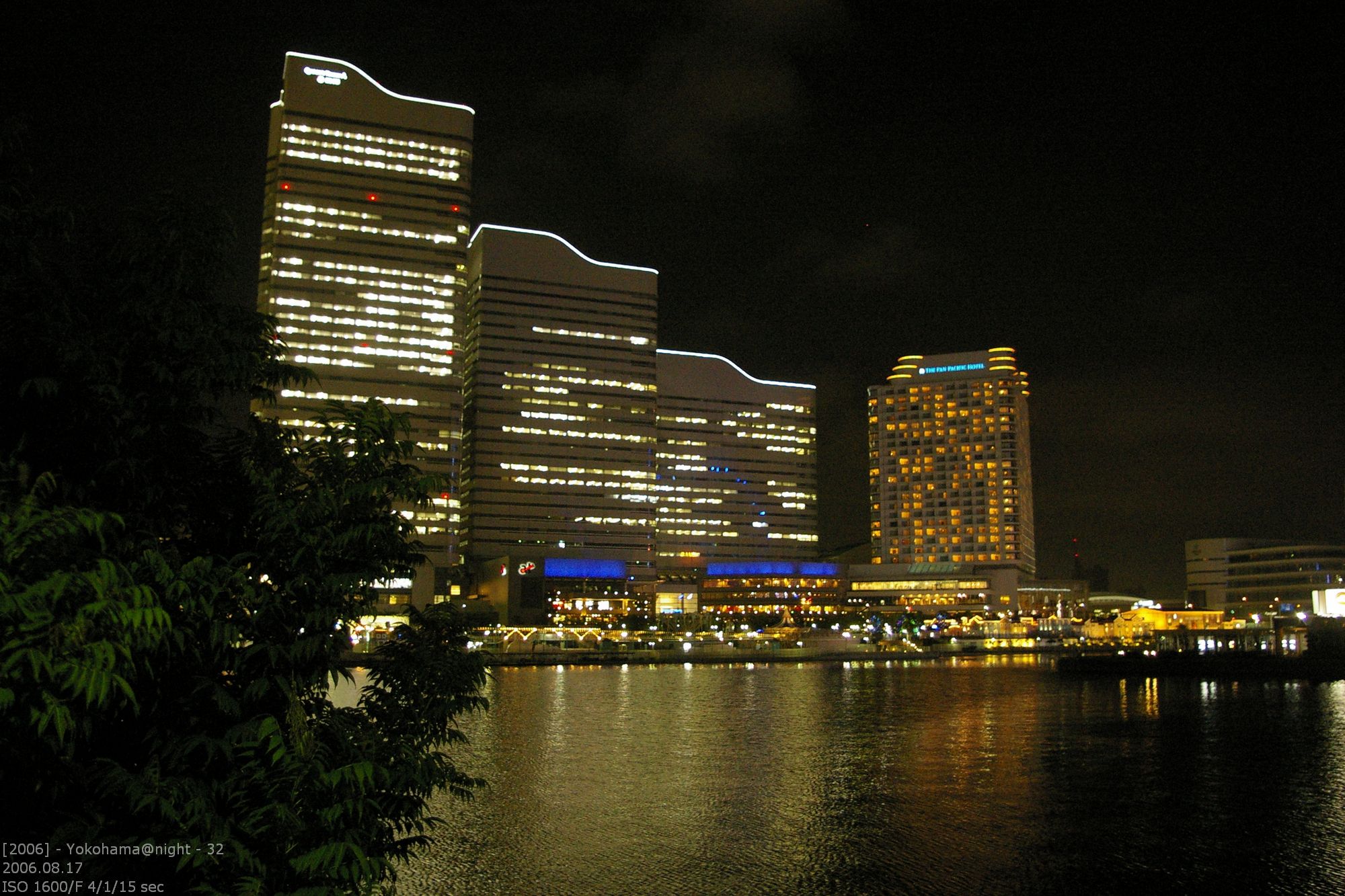
The Queens Plaza is a complex of three buildings that are connected at the basement level. In the core of building is the subway station. The station is totally integrated into the building. On on edge of the three buildings is a nose along the whole height. It is very good to see if you are looking down from the Landmark Tower. The nose is there to break the air stream caused by wind. It prevents turbulences and reduced vibrations of the building.
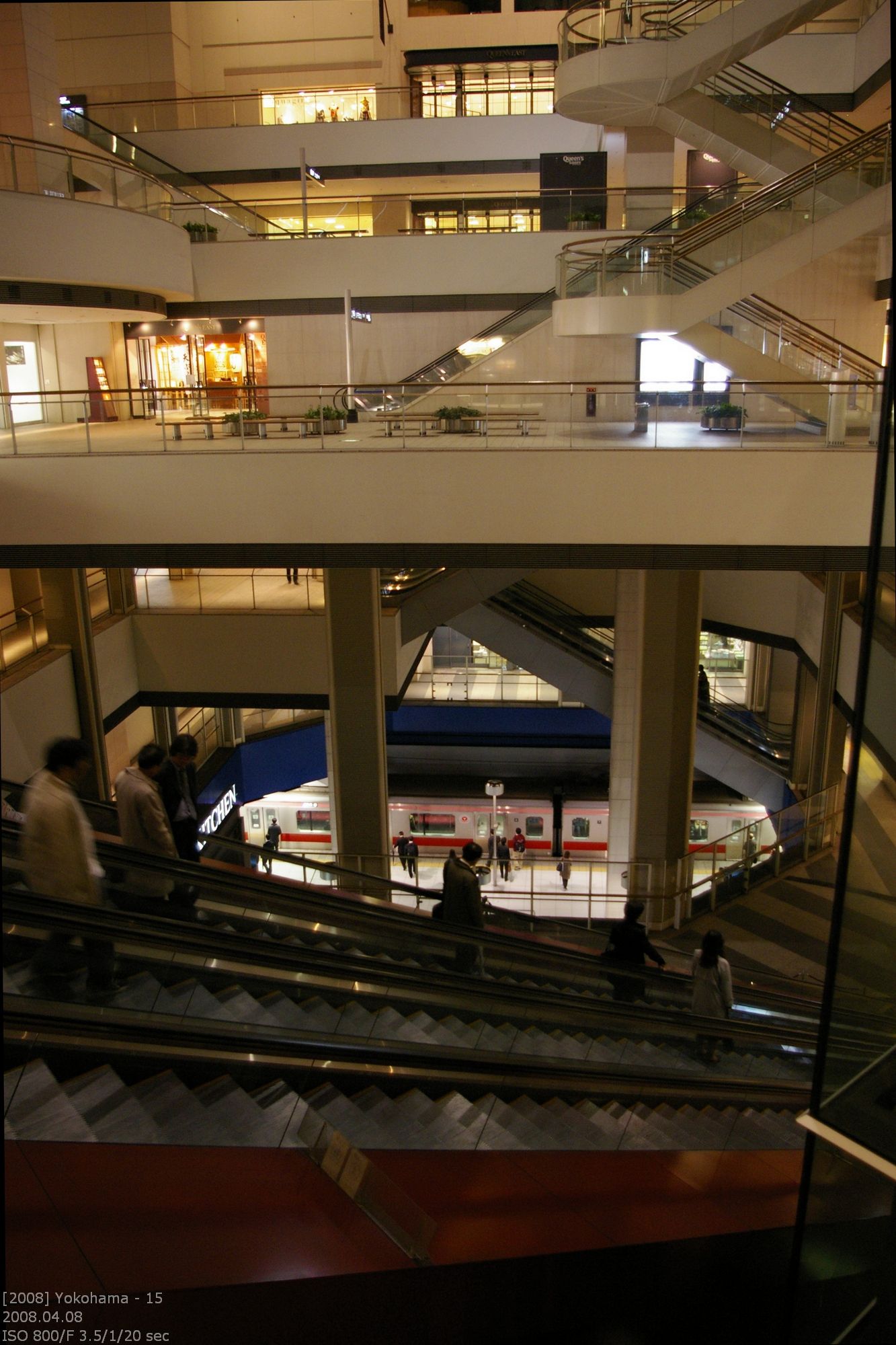
In the Mirai 21 project a part of the old train tracks was remodelled as a sidewalk. The tracks are still there and filled up with wood. The Navios Yokohama was built above this sidewalk.
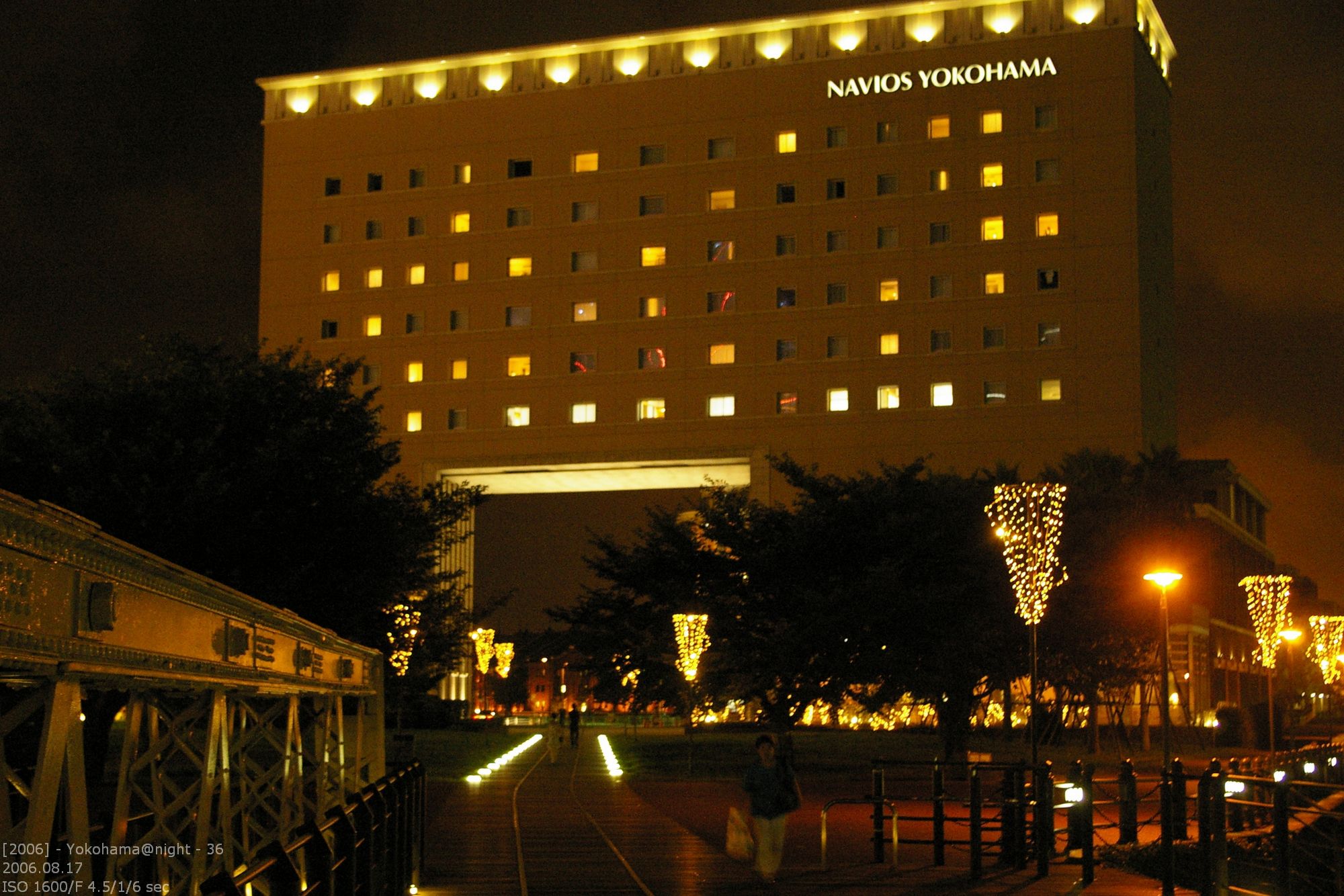
The train tracks are leading from the Landmark Tower to the brick warehouses. 2010 there was unused space to pass. Looks like Mirai 21 is still not complete.

The warehouses are unchanged on the outside. The didn’t touch a thing. The just added big glass elements in the former doors. That was the best thing they could think of. At night, of the buildings are illuminated in yellow/orange light, it looks like the steels frame of the building is glowing. Behind the thick walls are several restaurants and bars. This is a good example for reviving and old object with only tiny, nearly invisible changes.

Not accessable for tourist but still an eyecatcher is the pilot station. It is one of the most important buildings of the Japanese Avantgarde.
Yokohama is a good example that japanese architect are designing their buildings for the night. Nowehere else is the impact of an building that powerful at night. And only at night. During the day they are more or less gray blocks of the steel, glass and concrete.

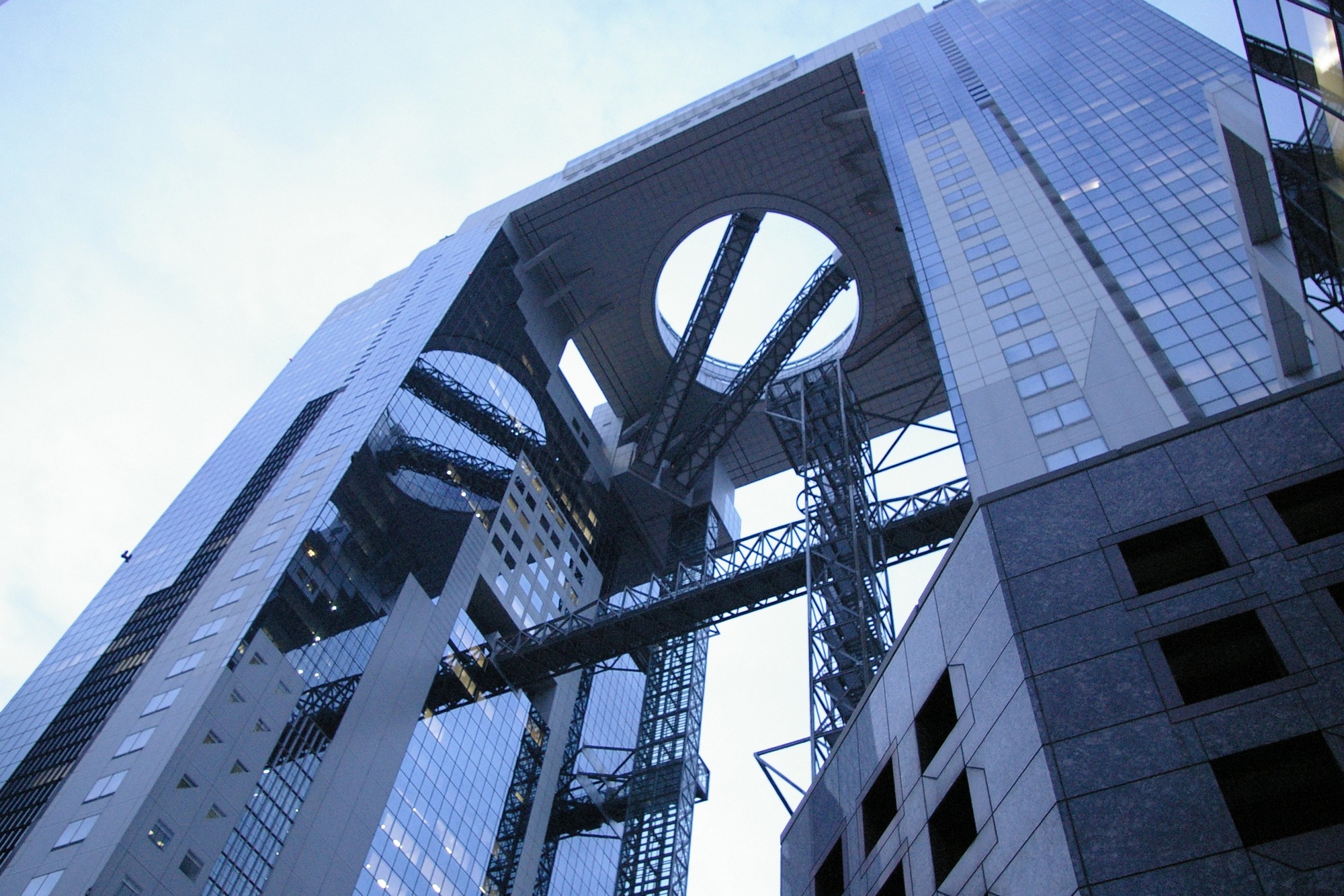
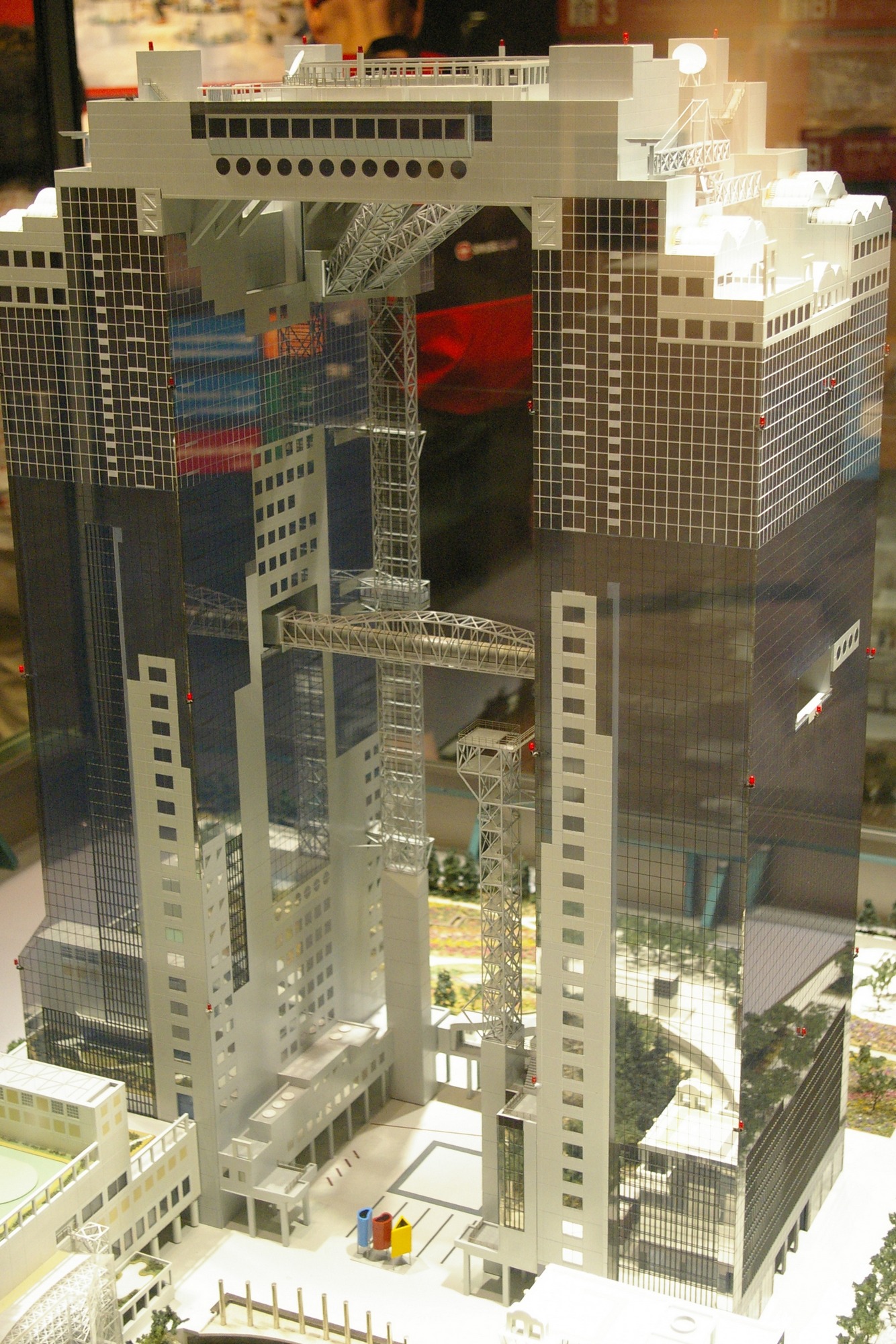

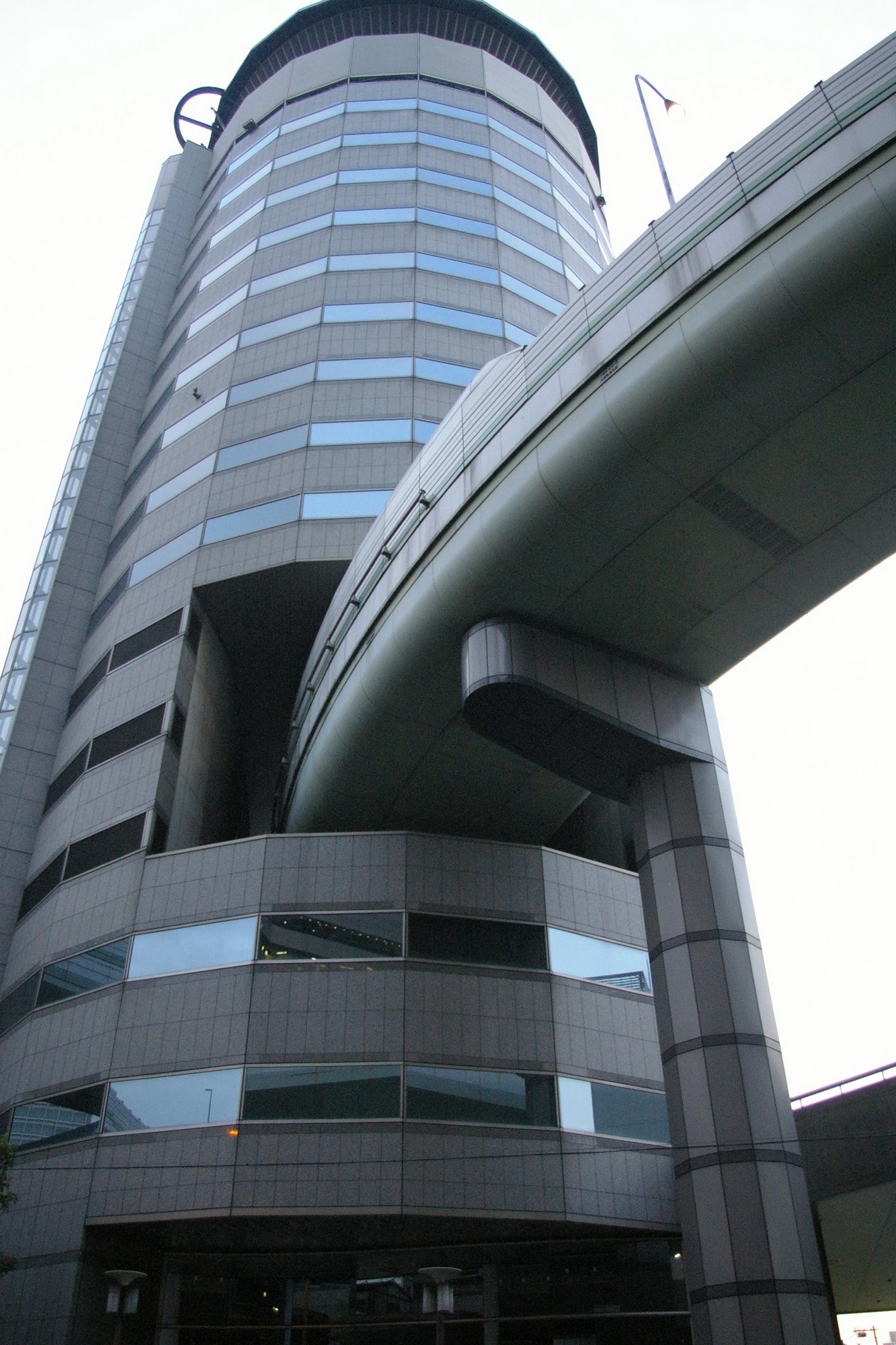
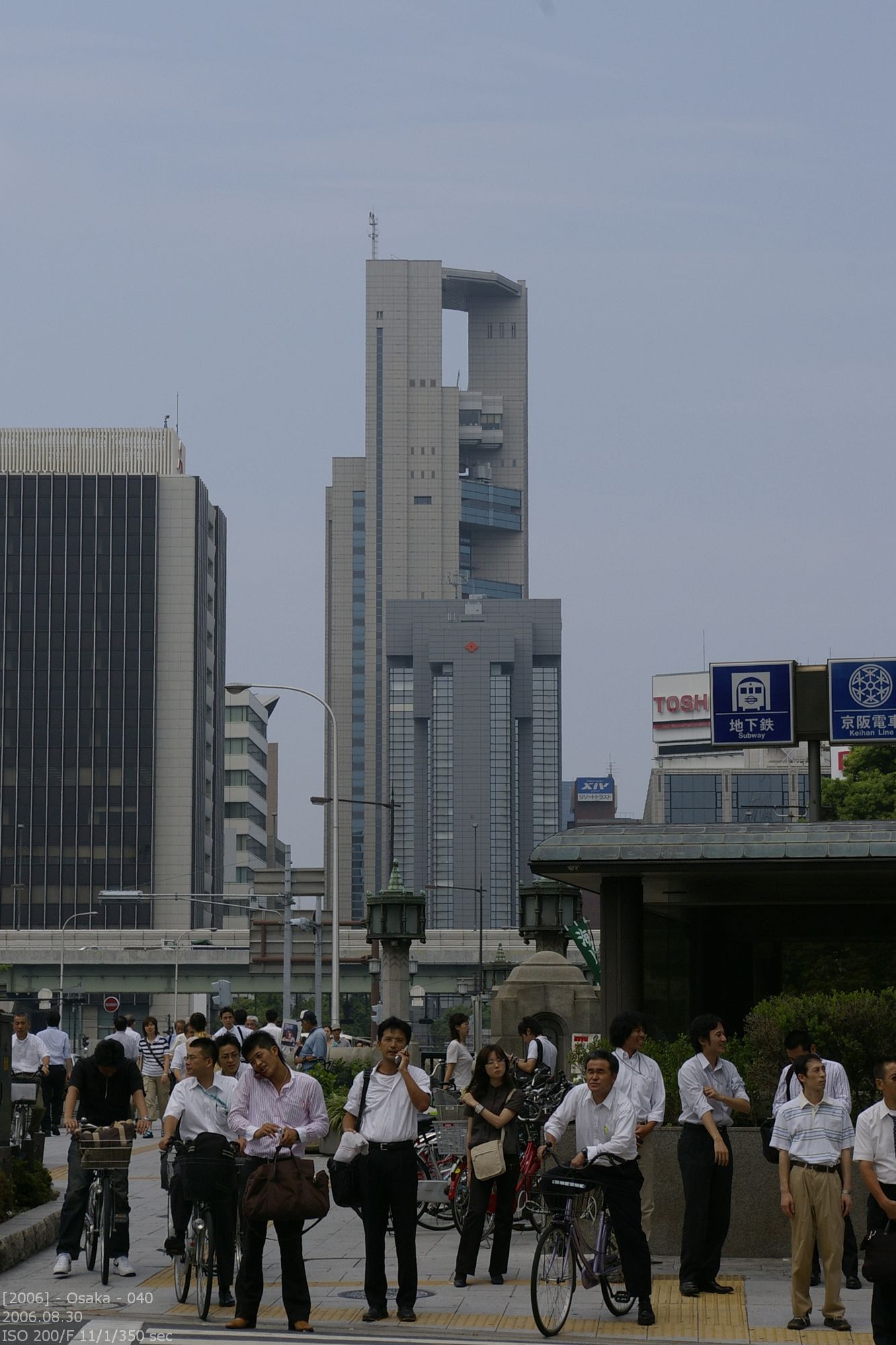
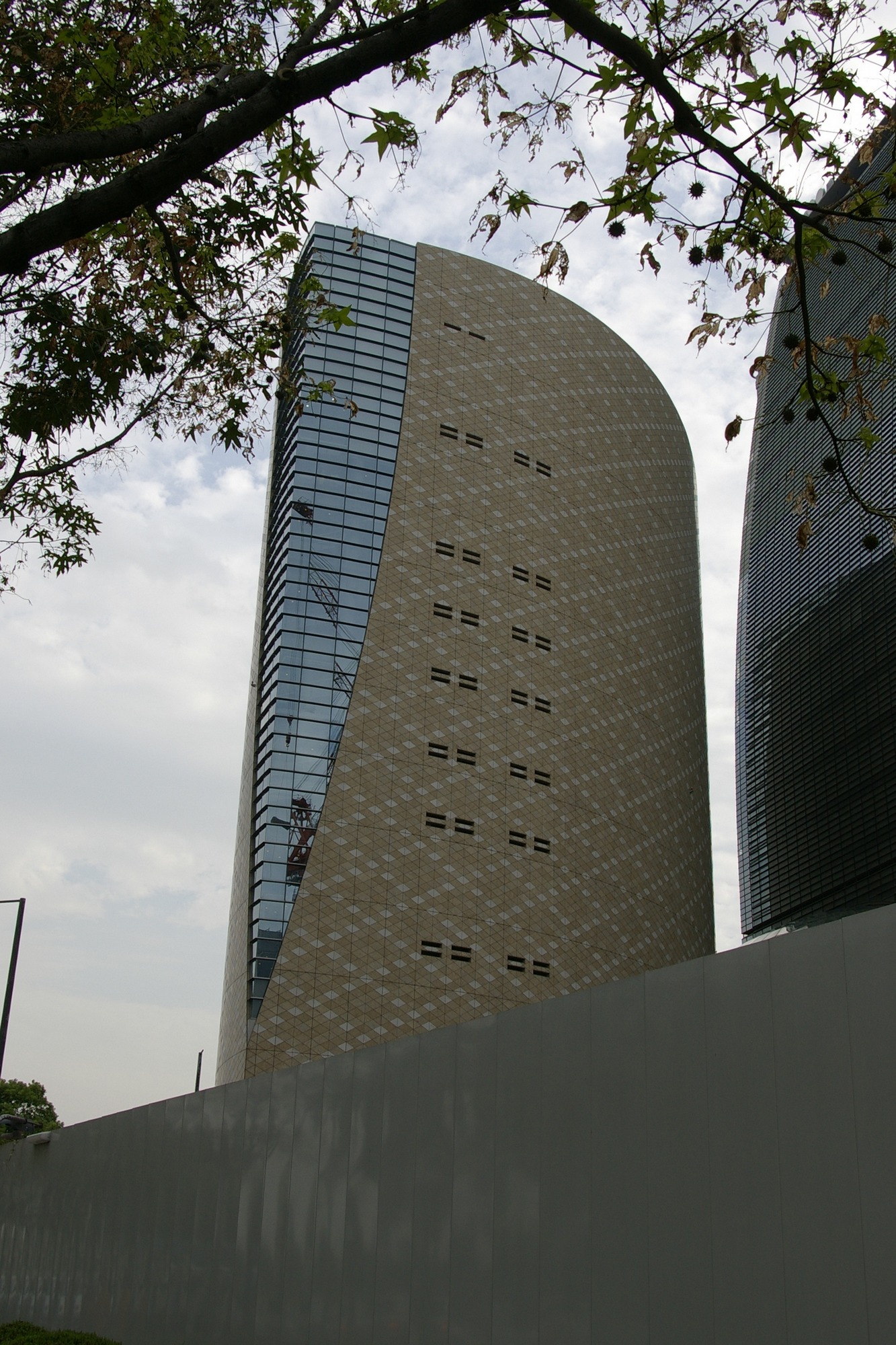
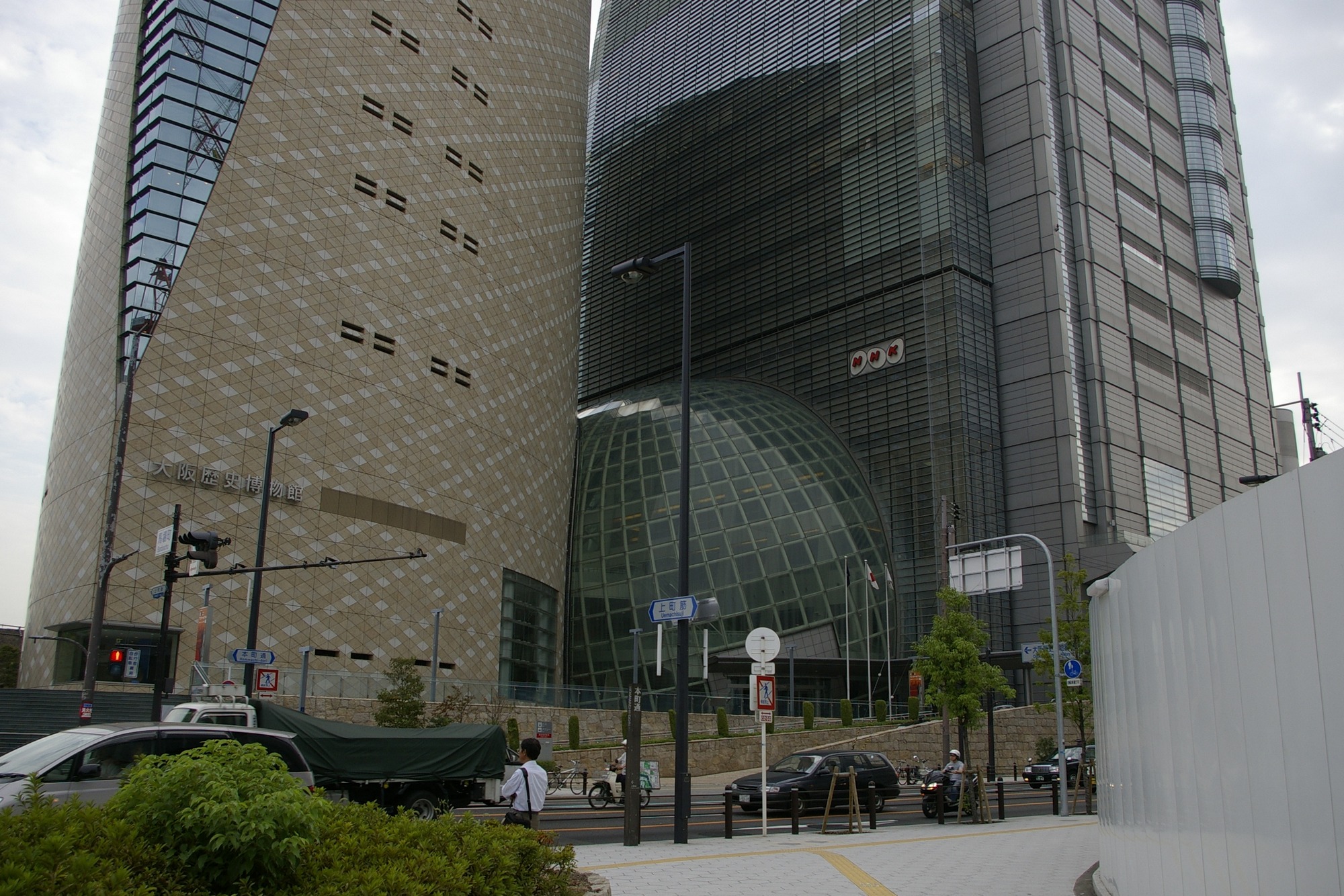
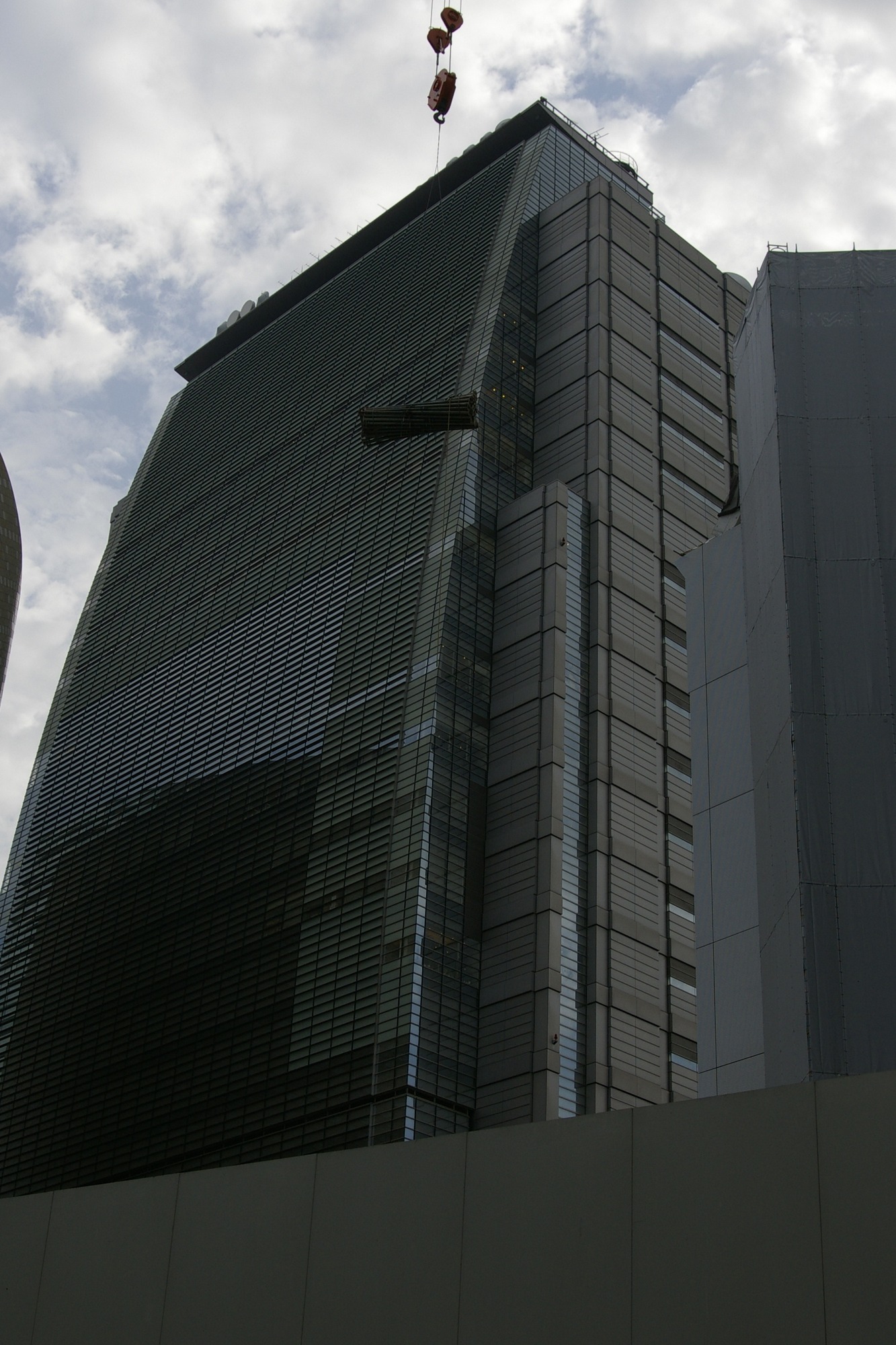
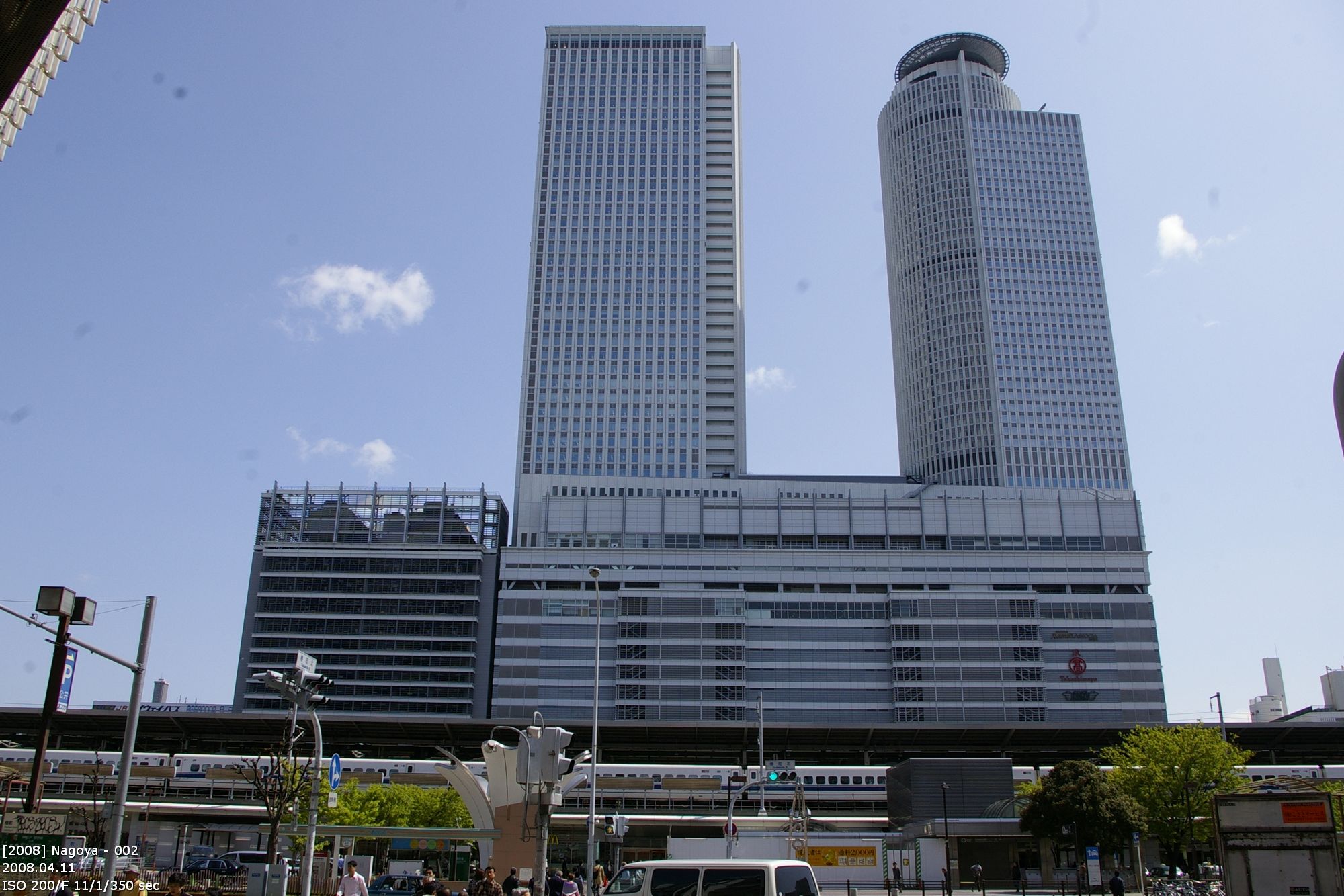
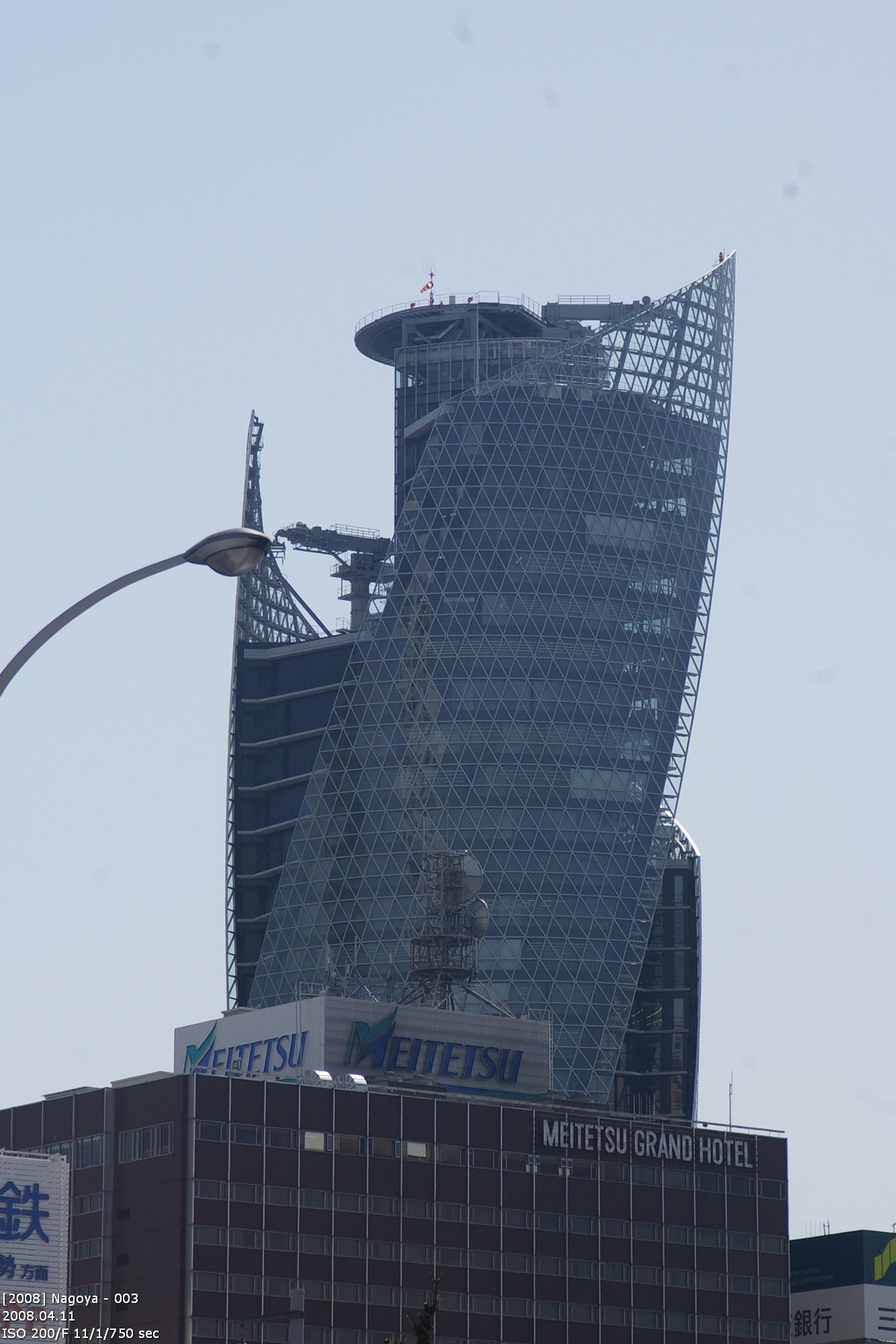
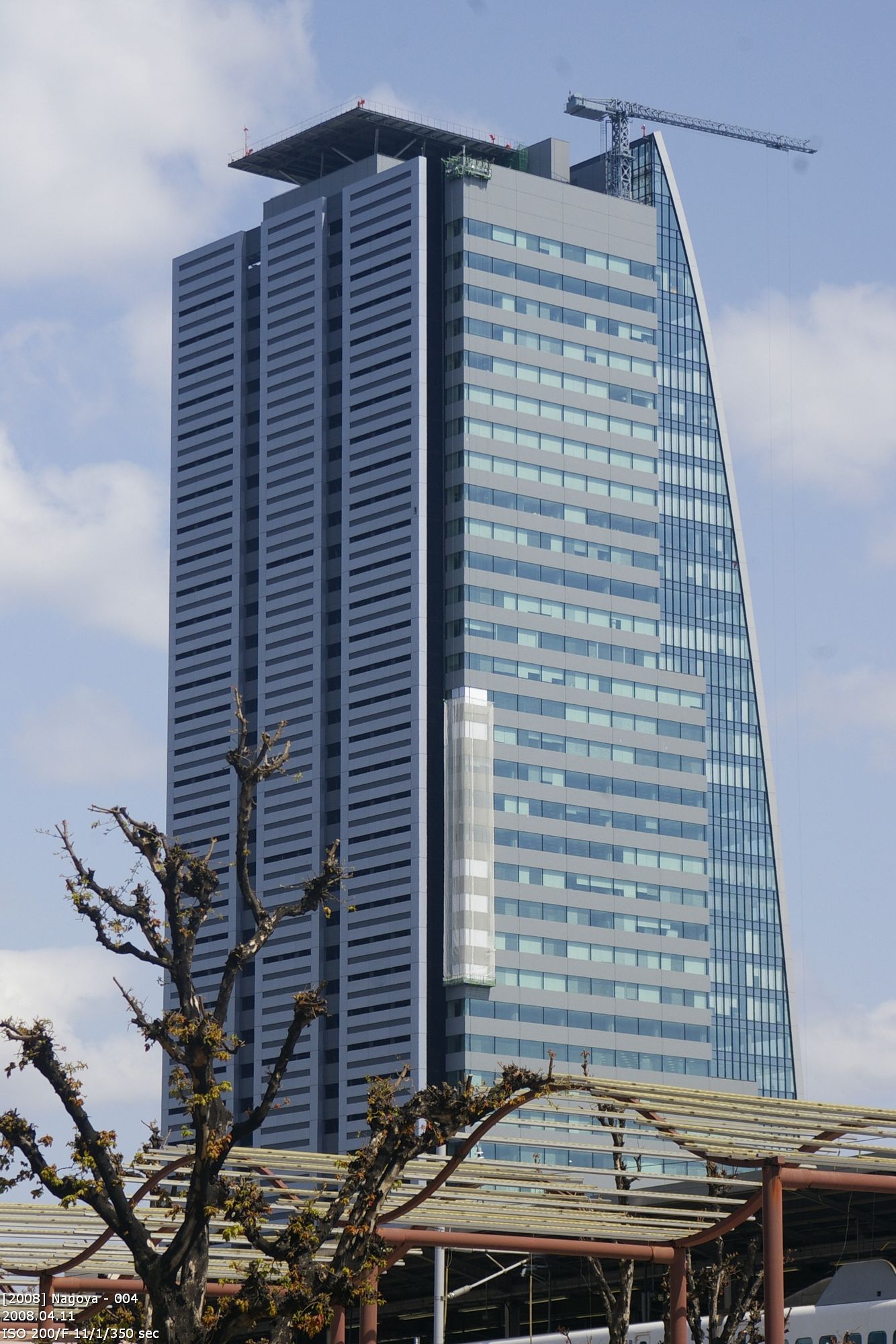
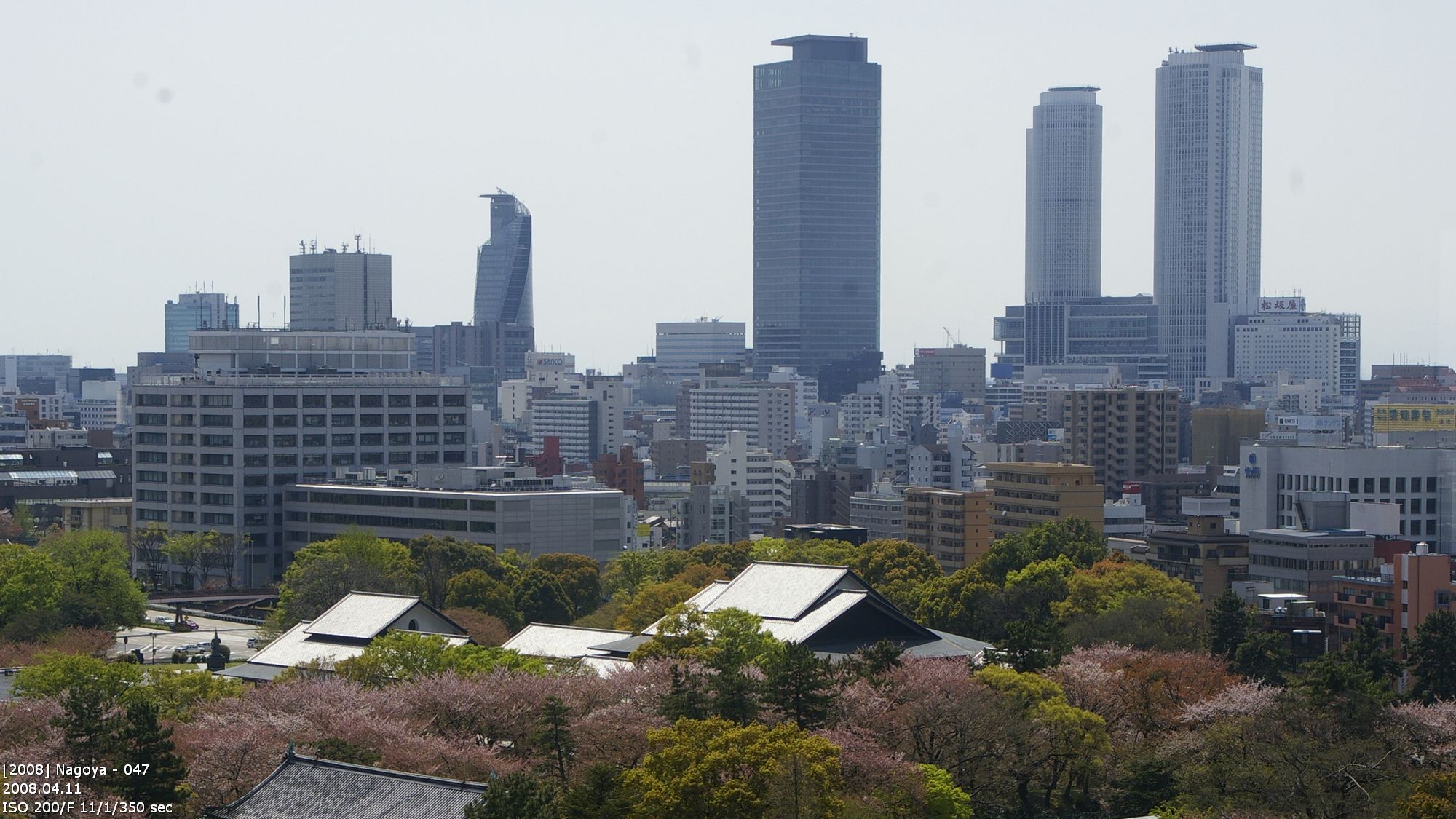
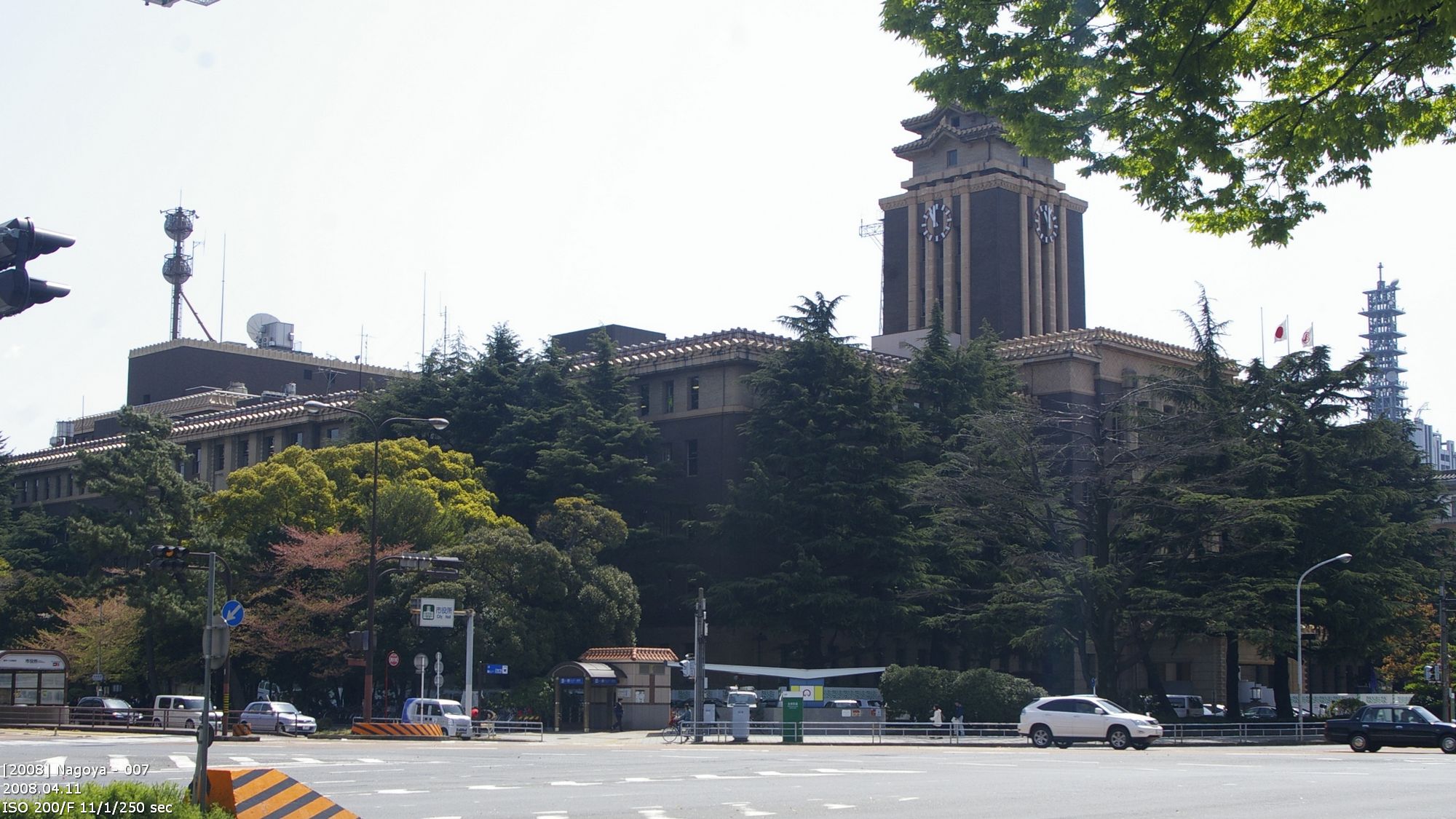

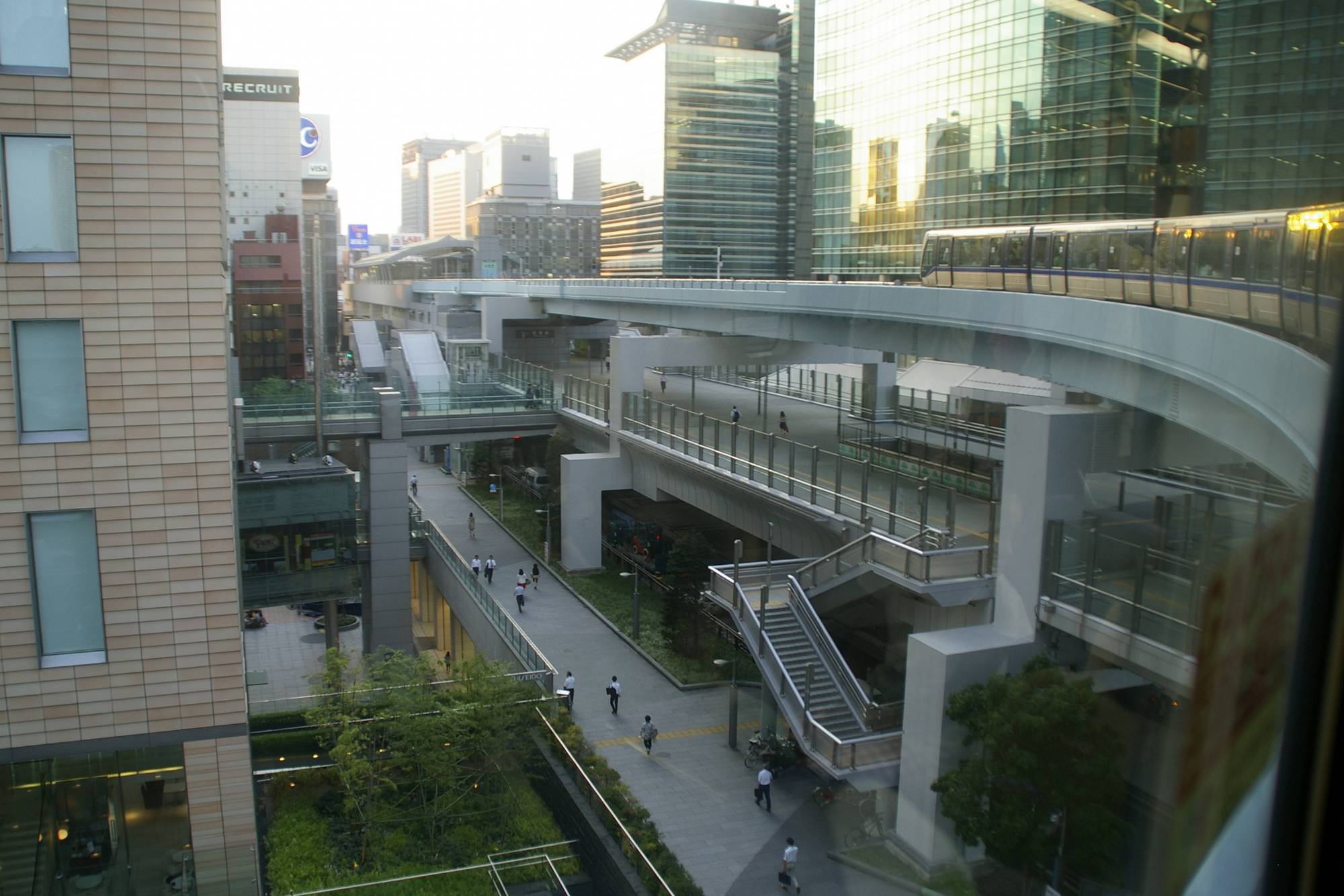
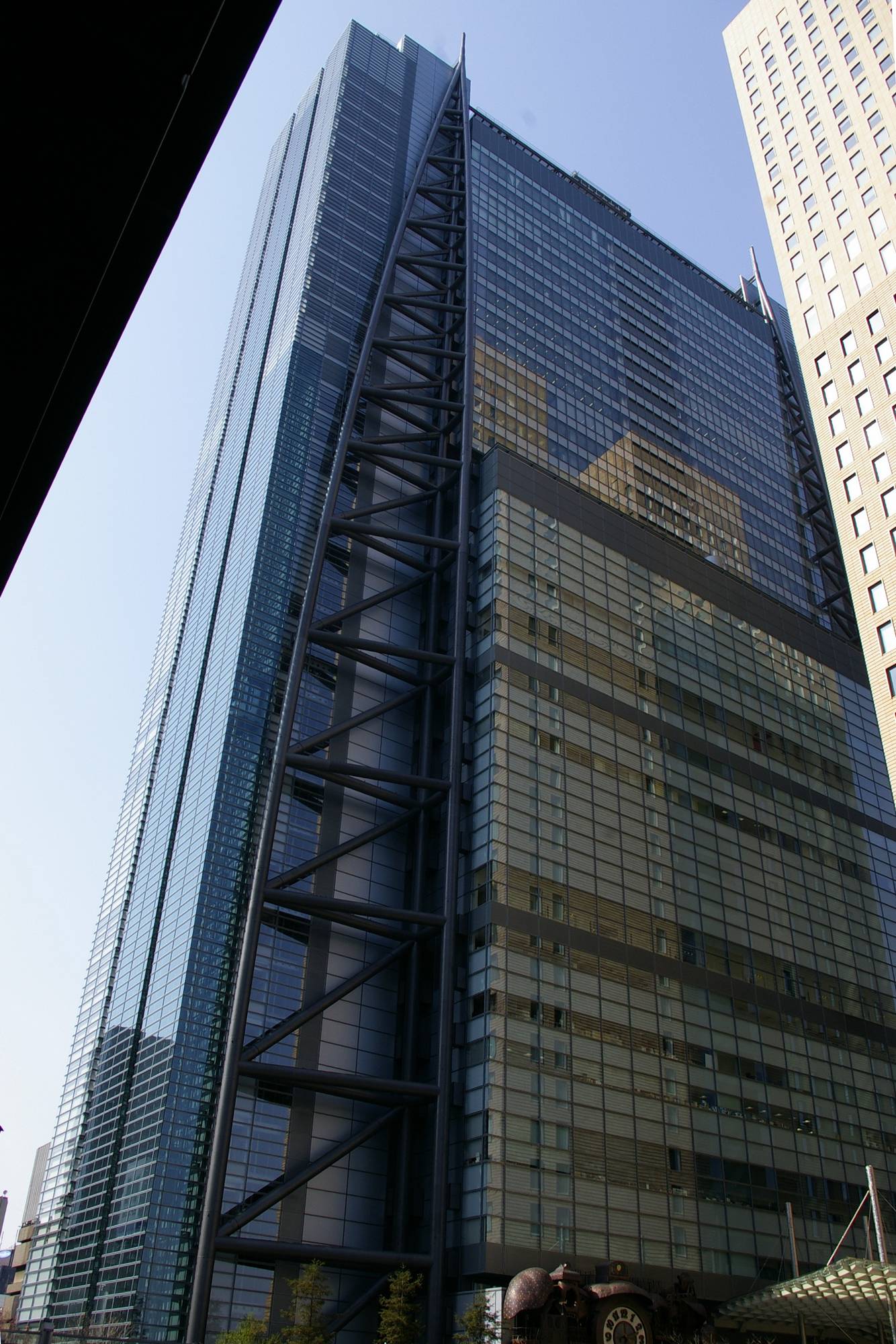

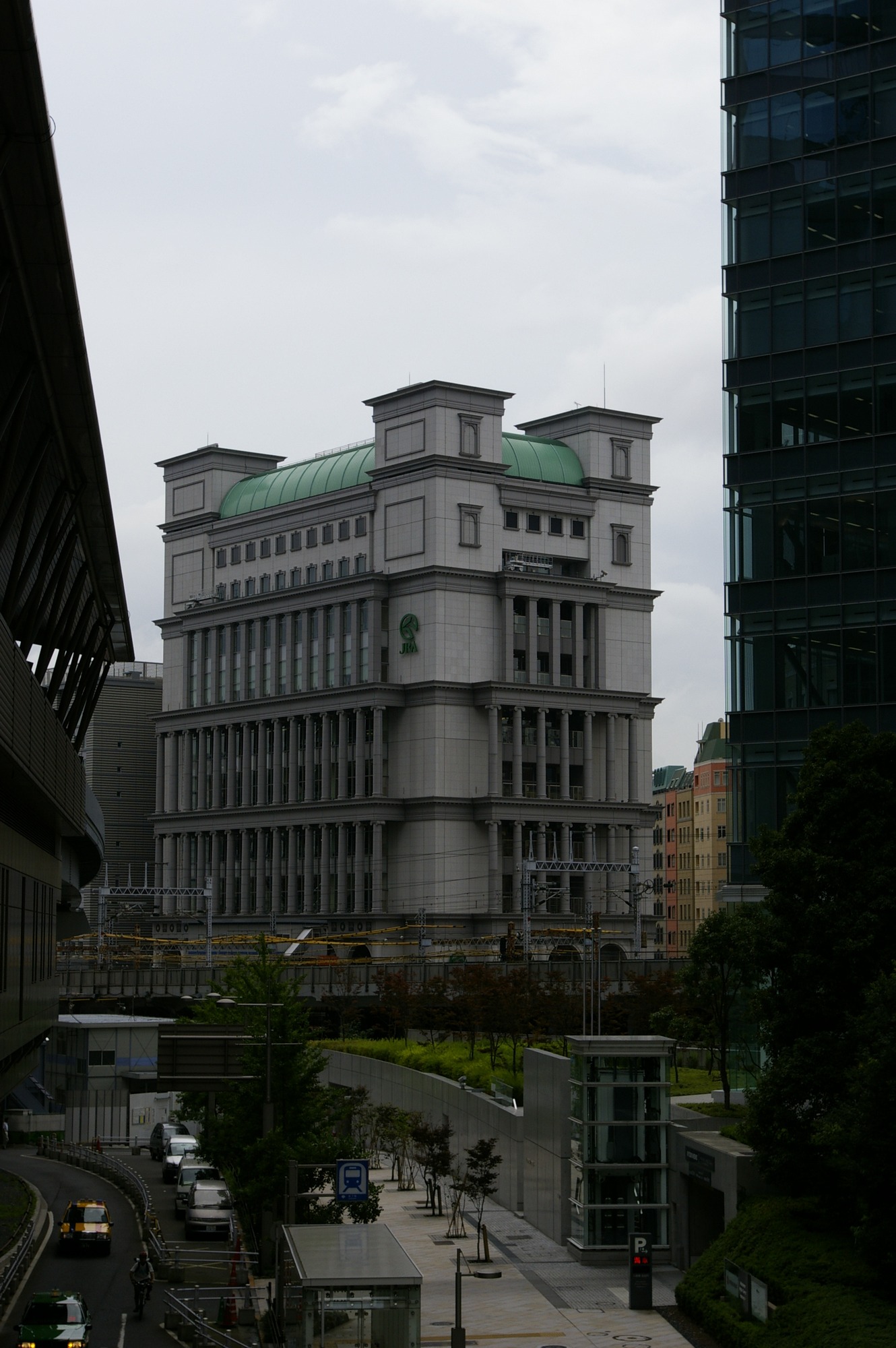
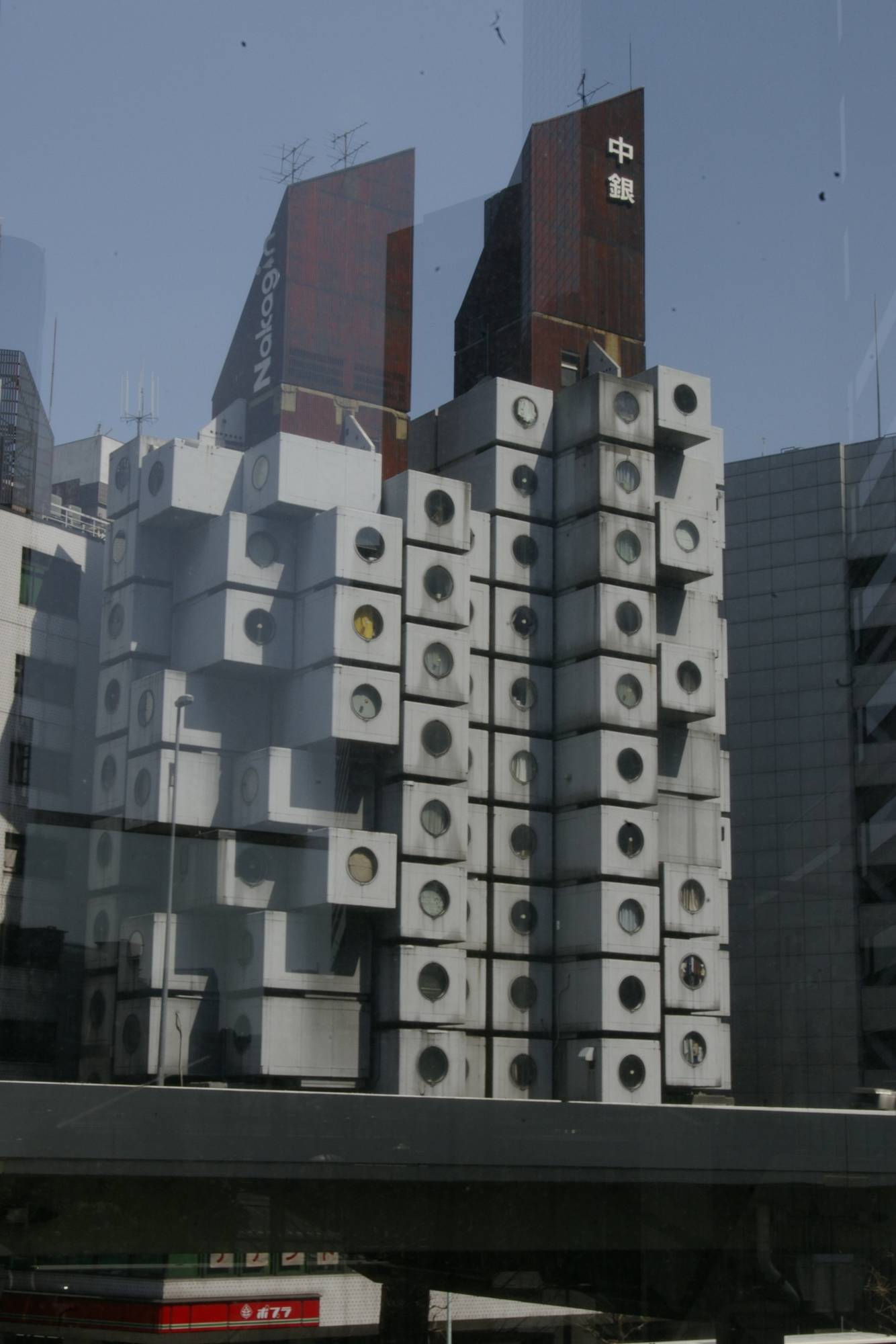
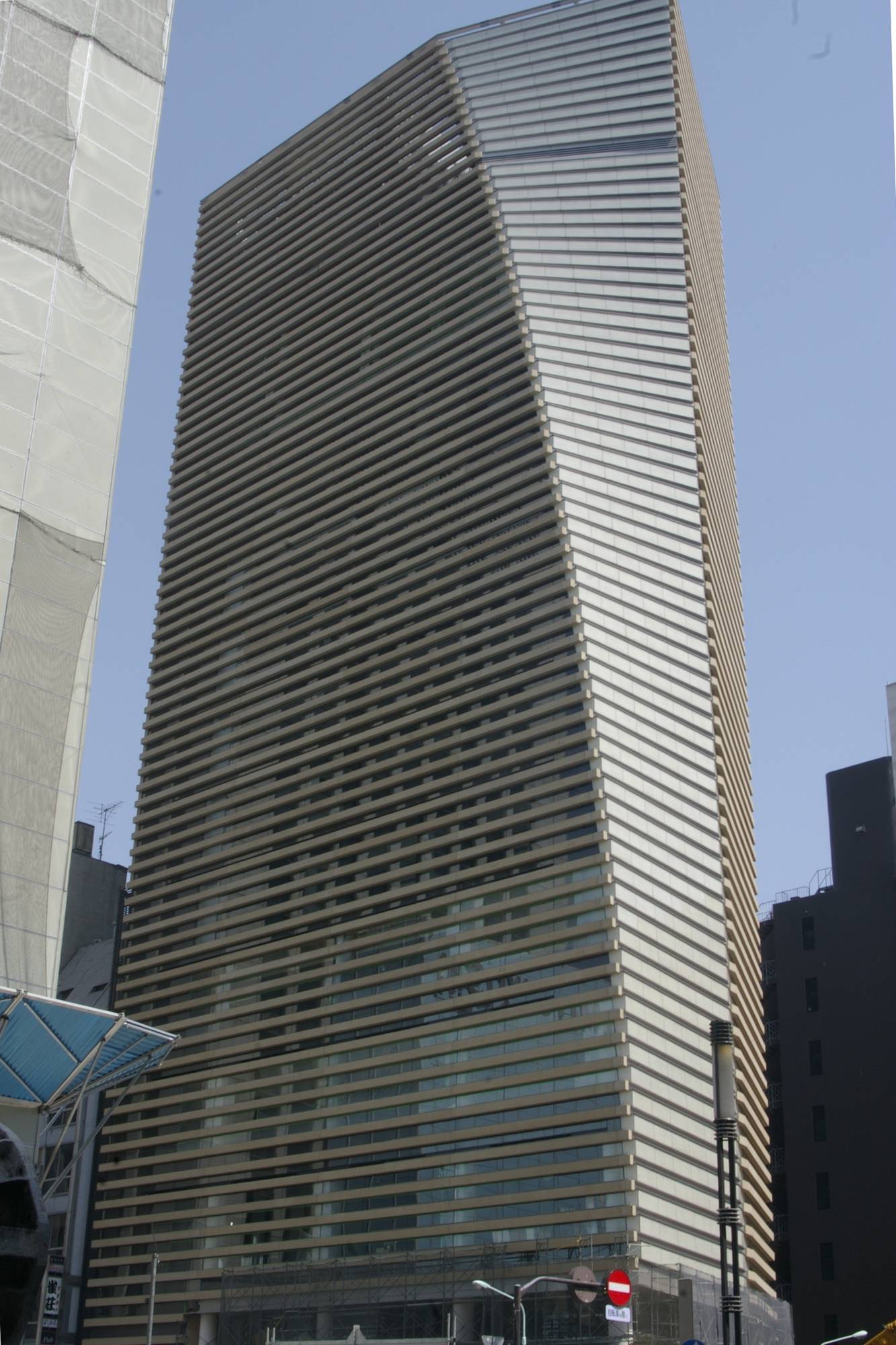
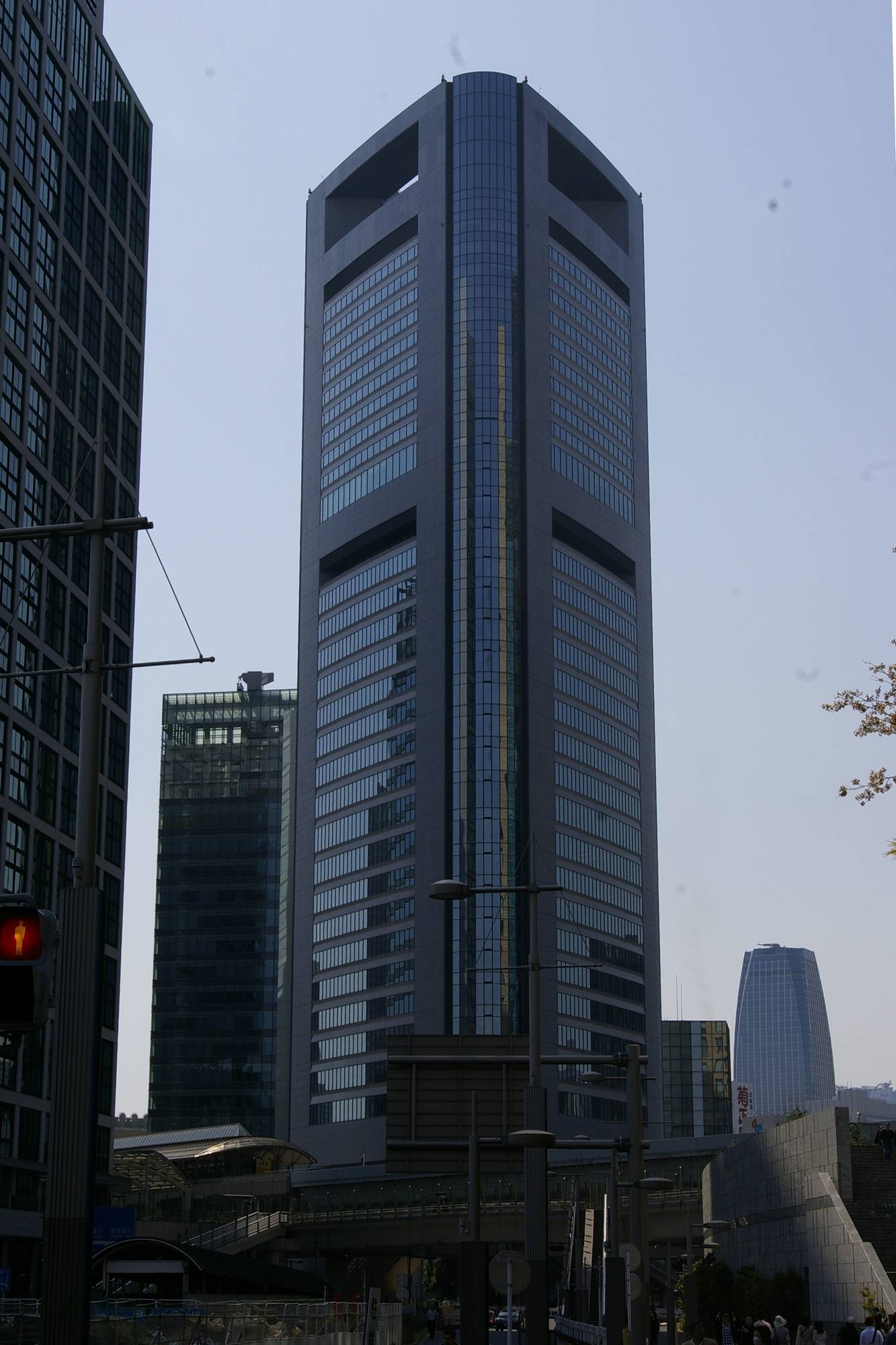
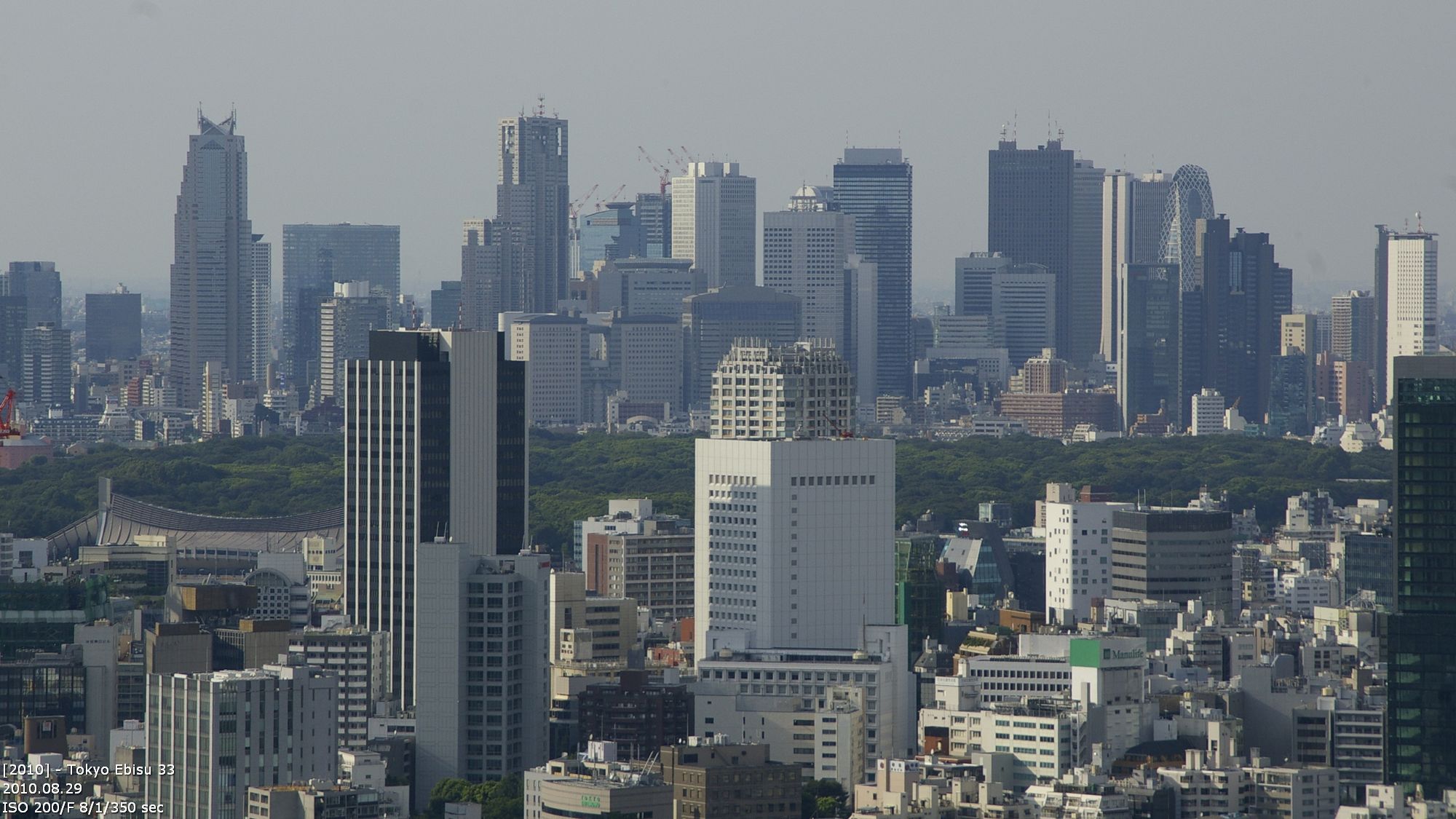
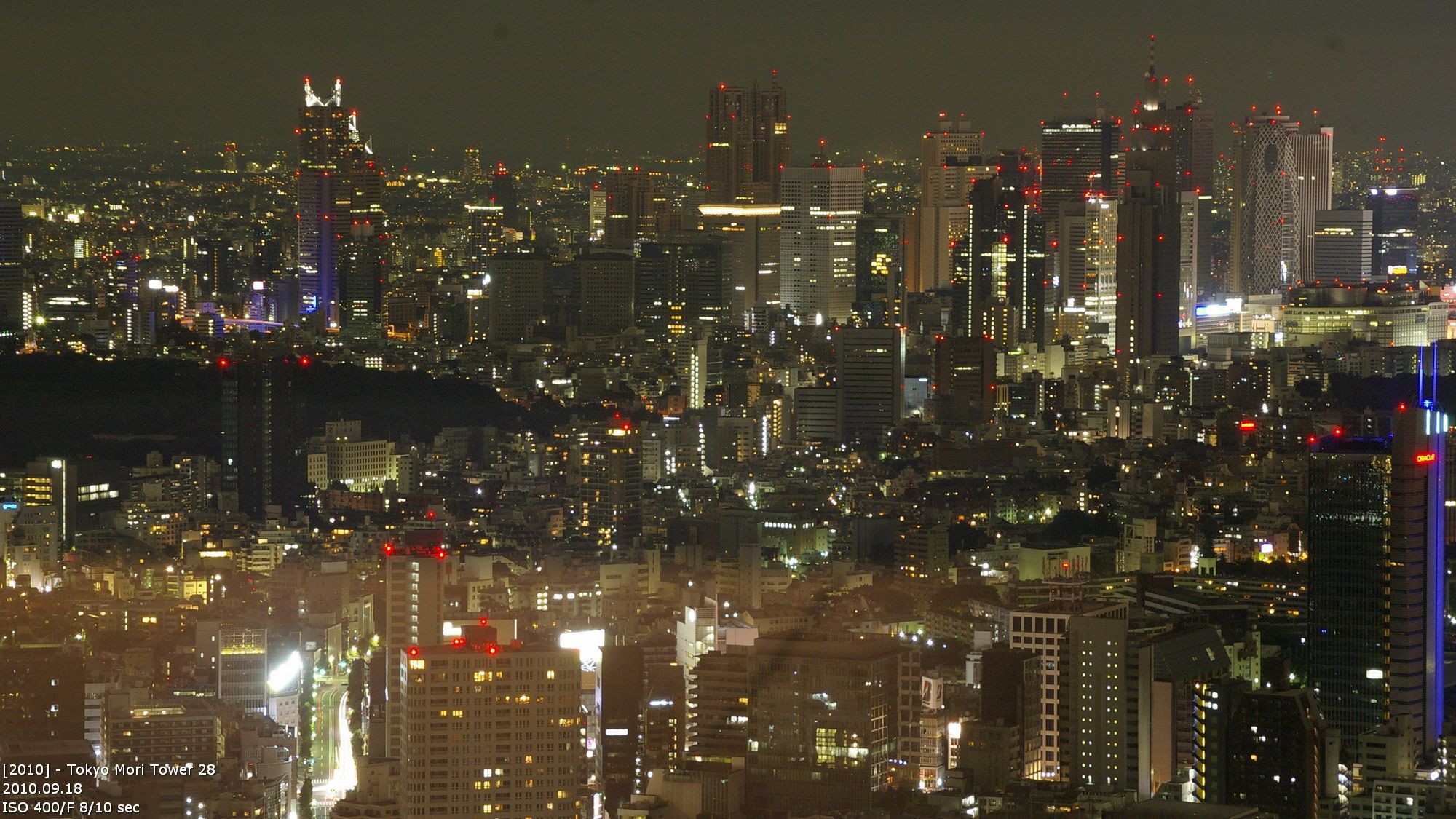
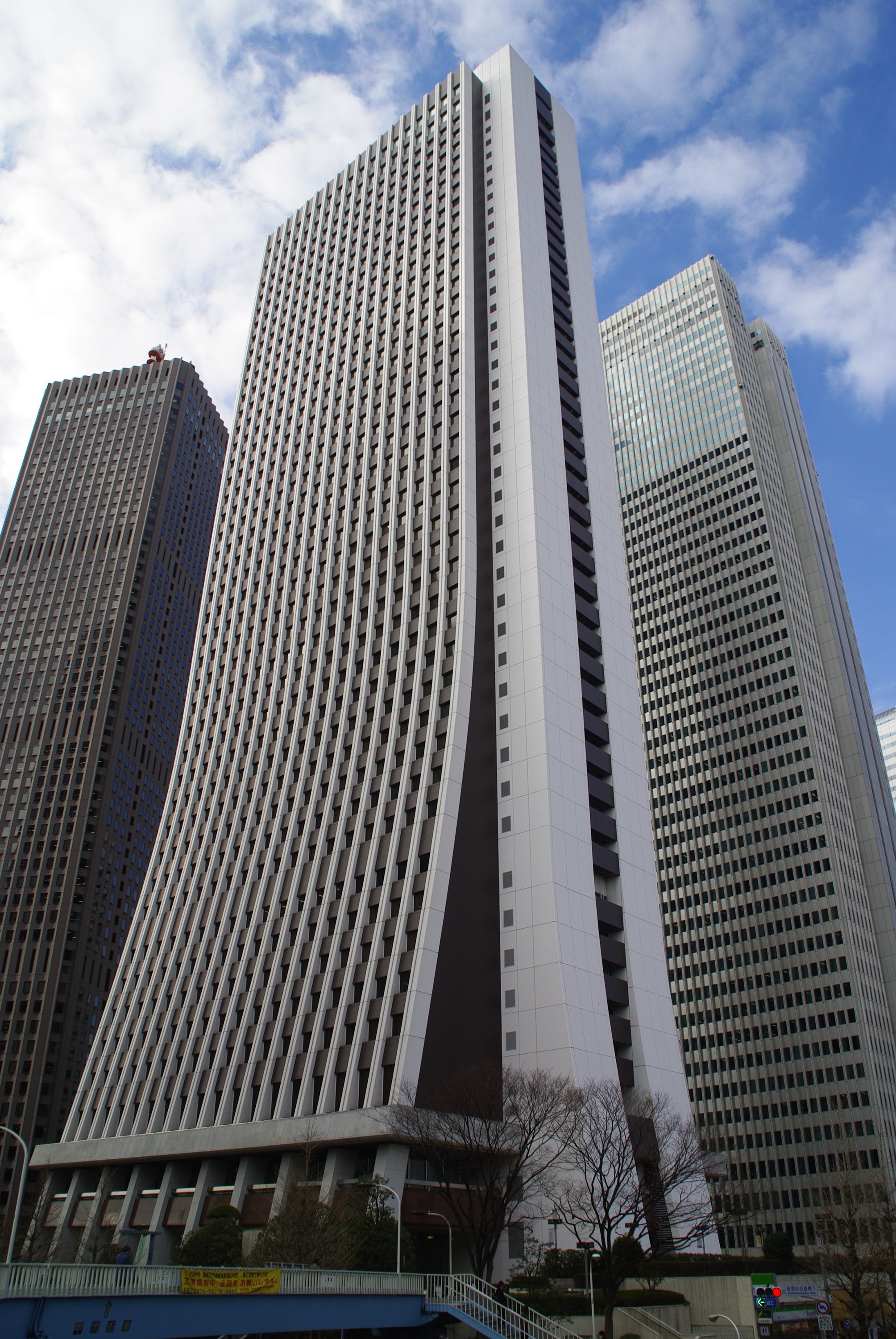
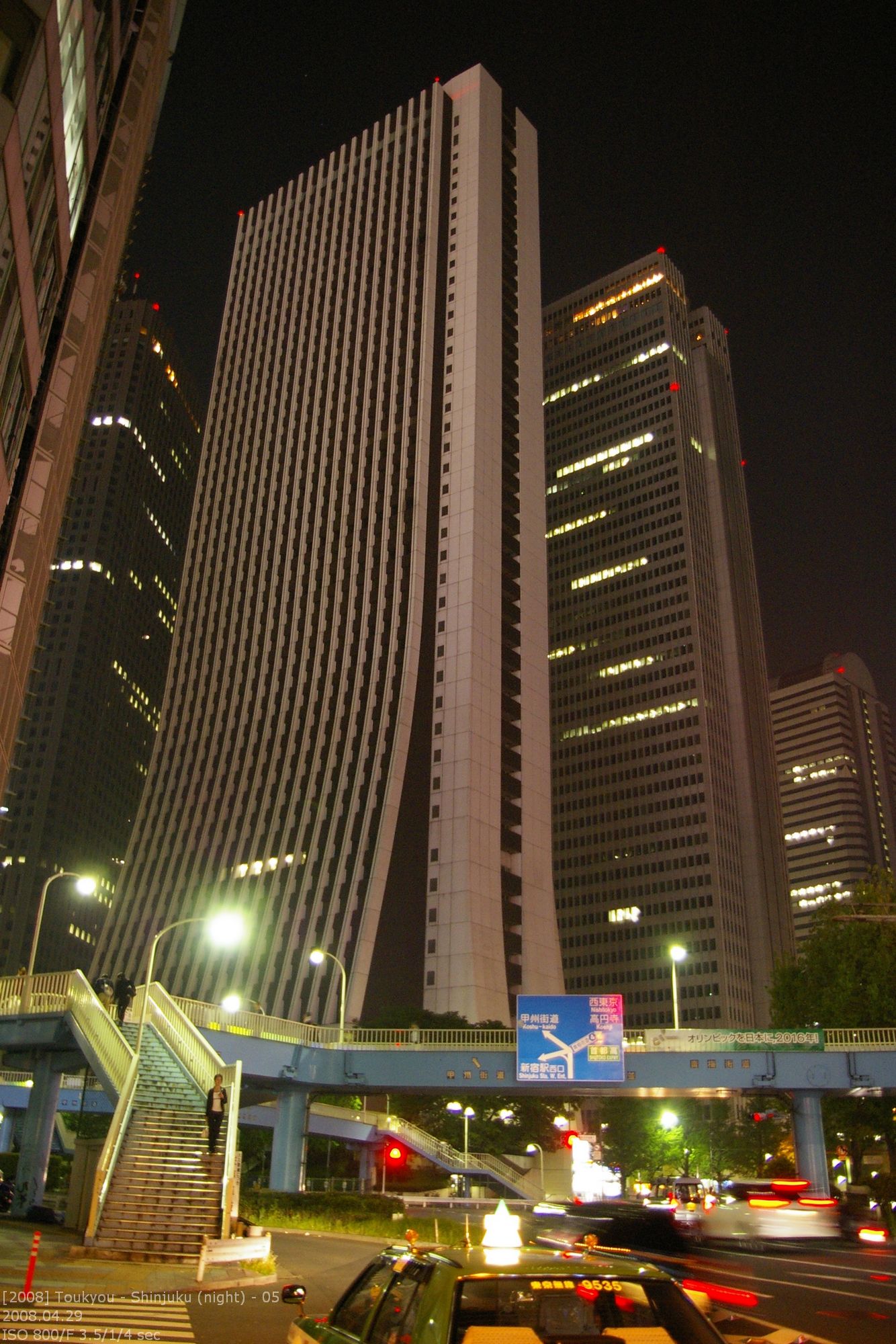
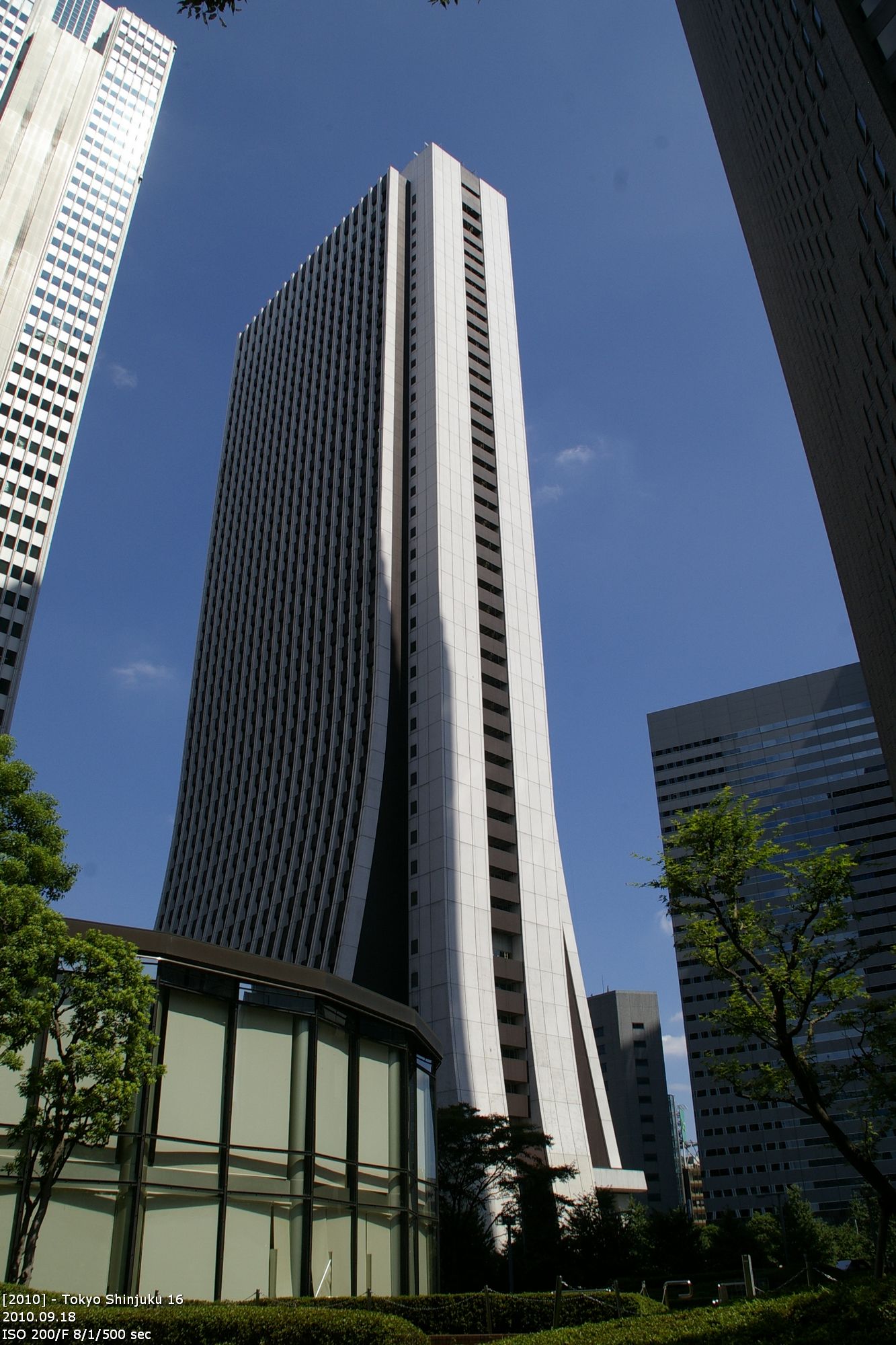
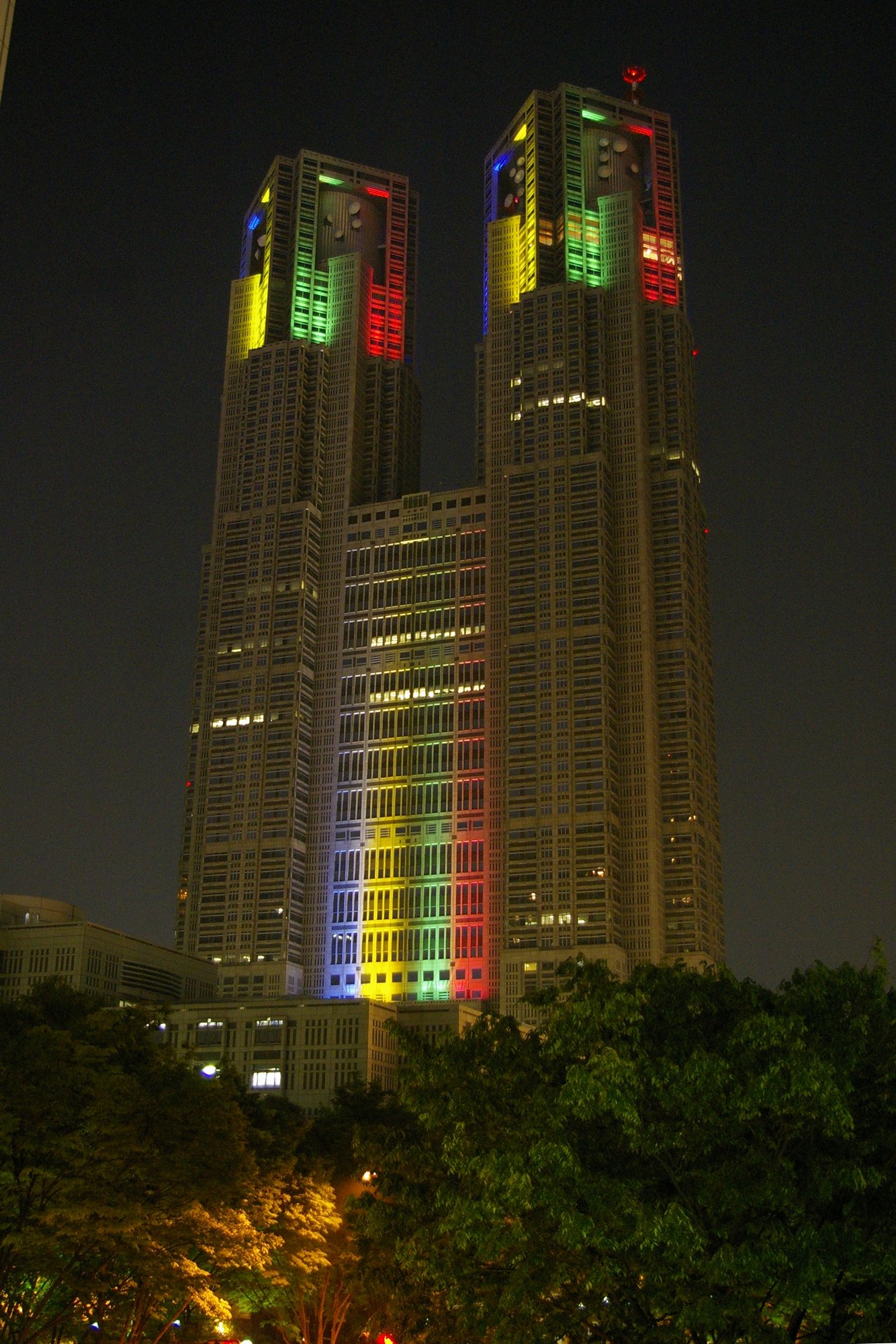
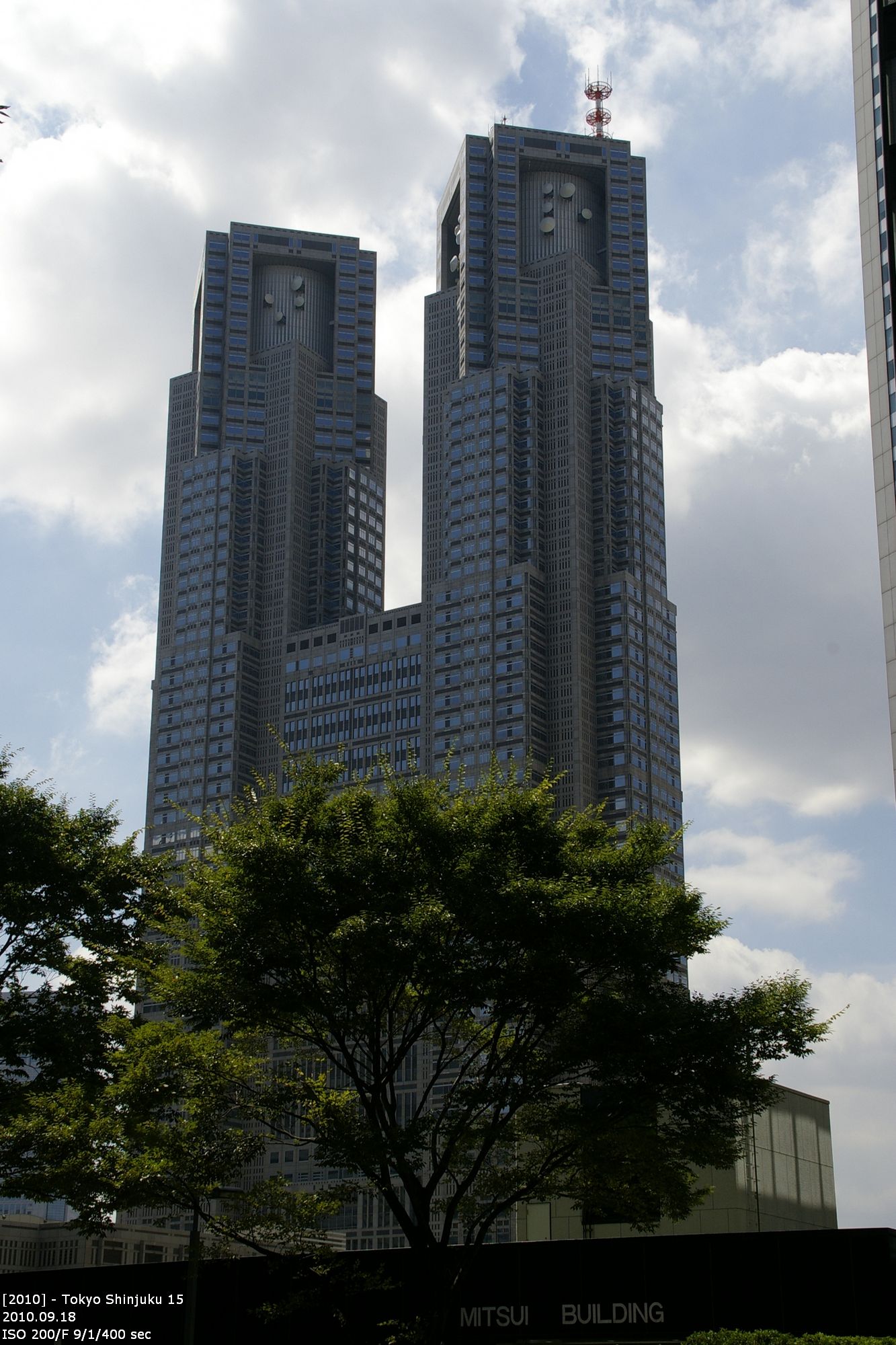
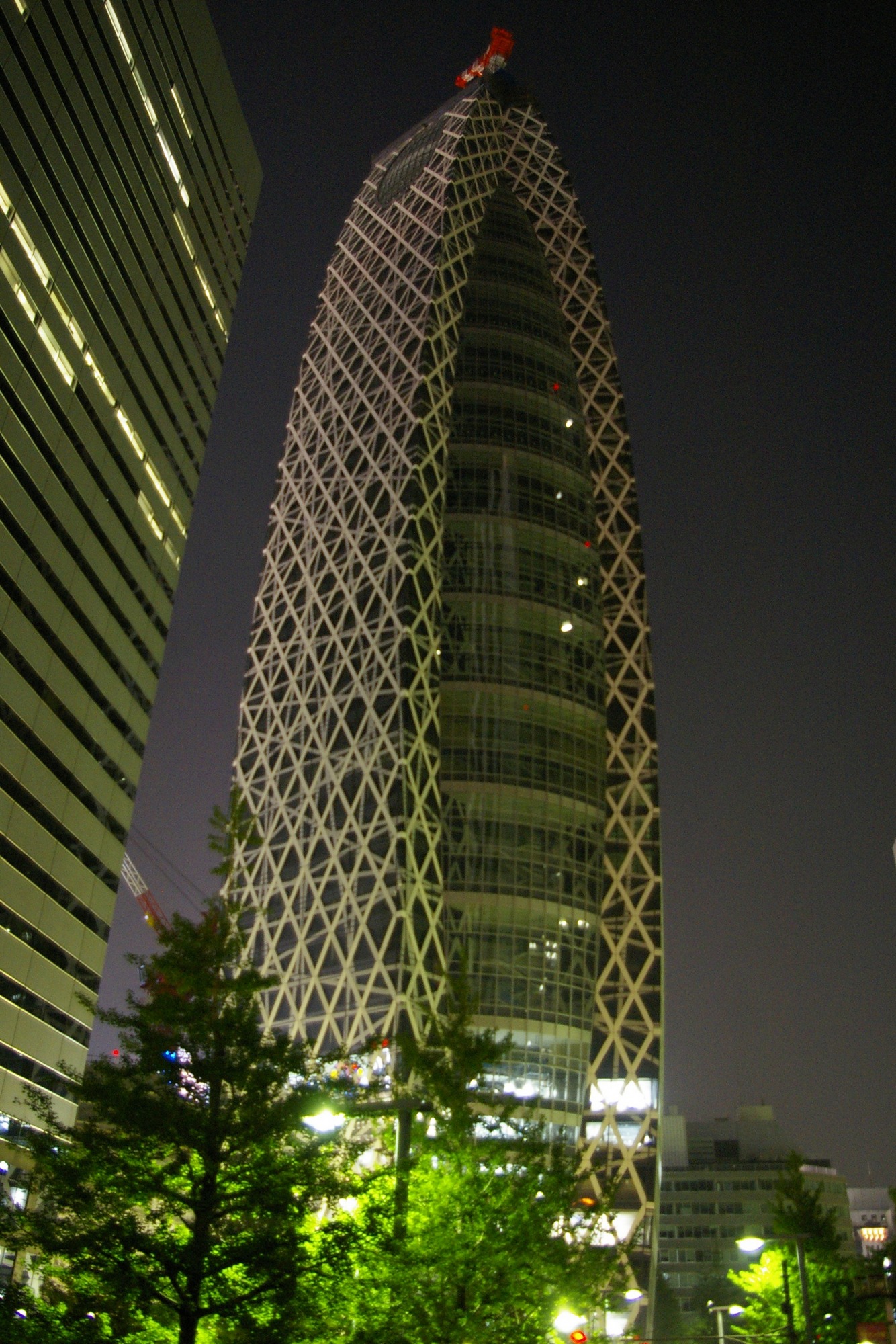
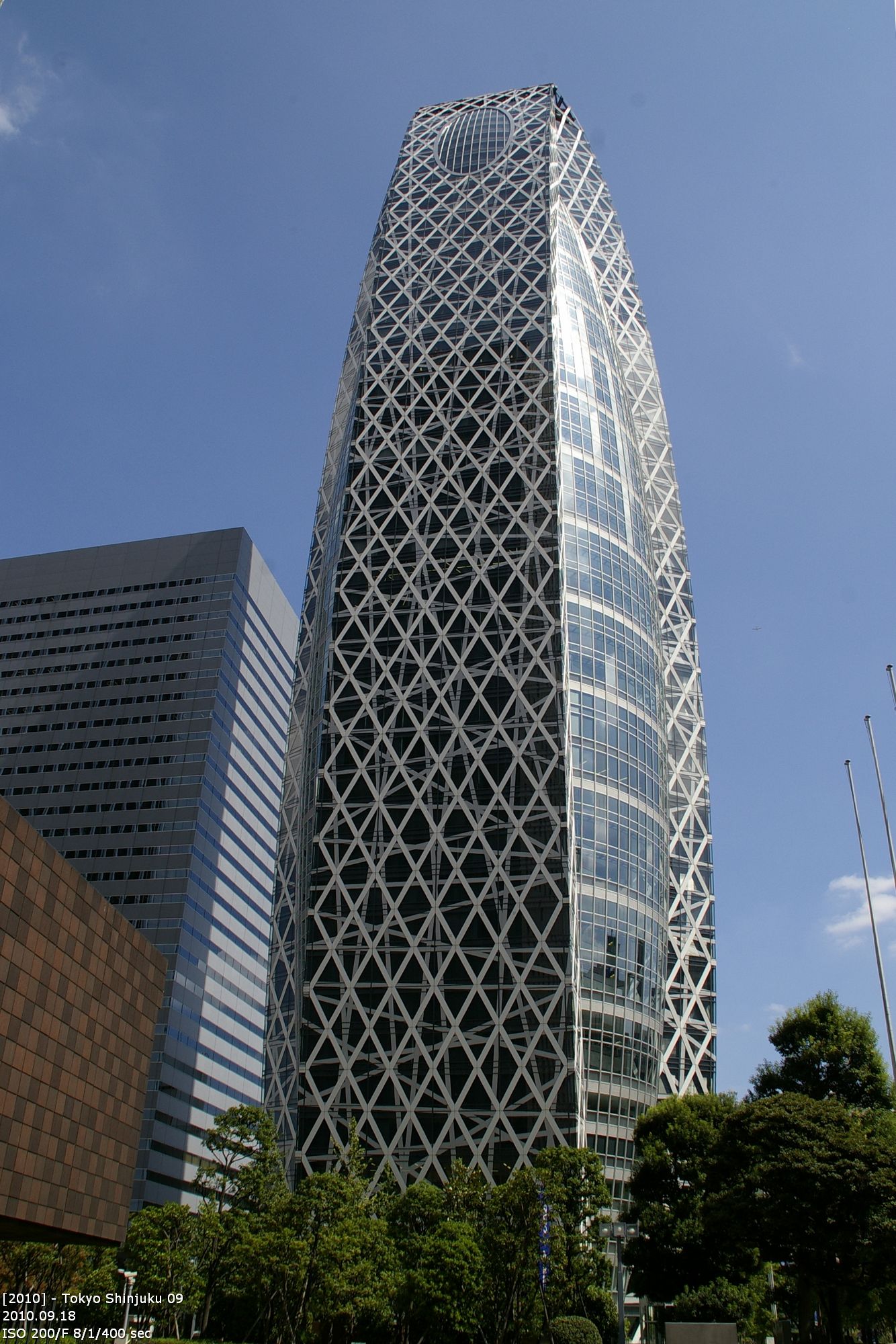
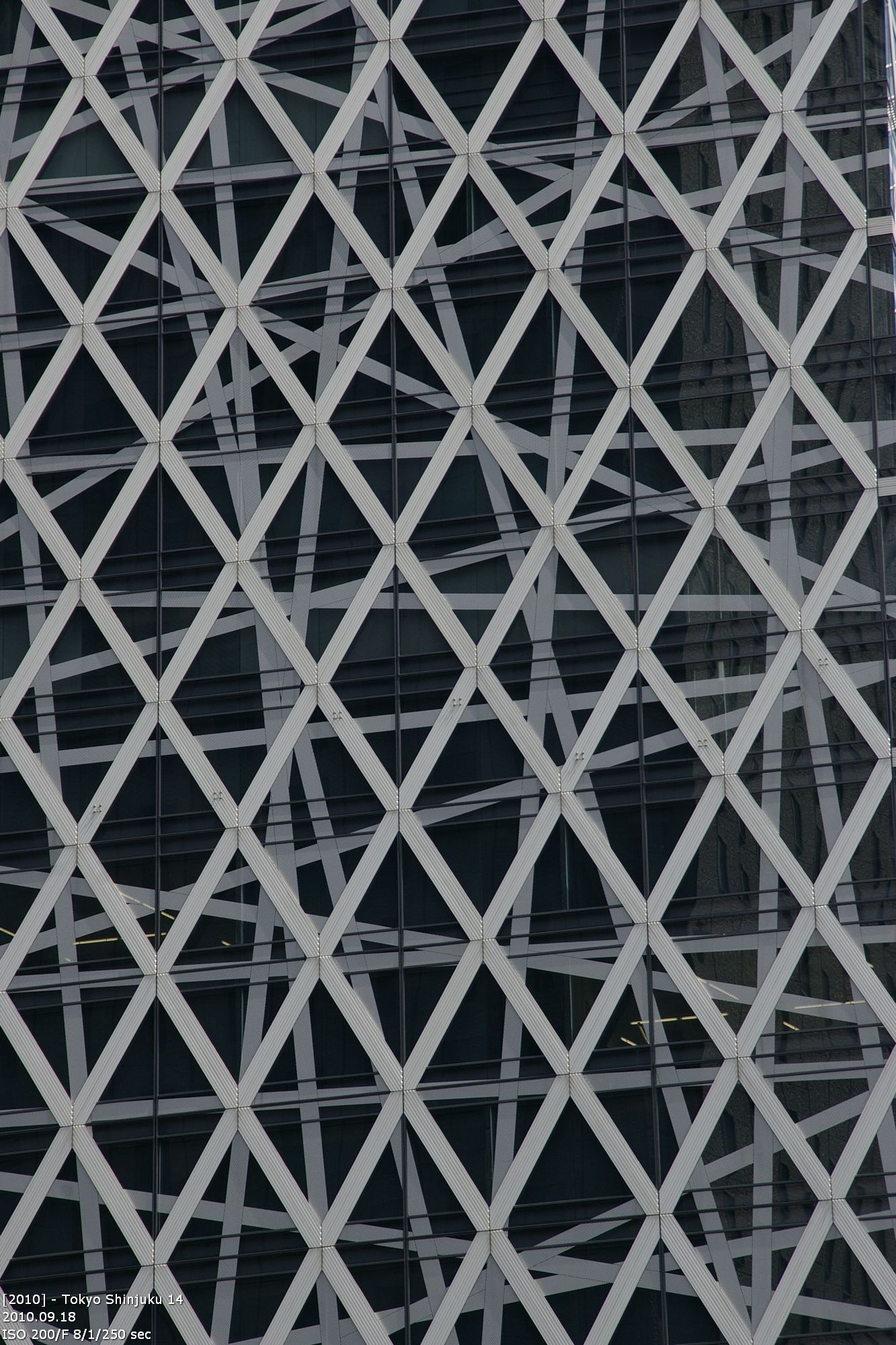
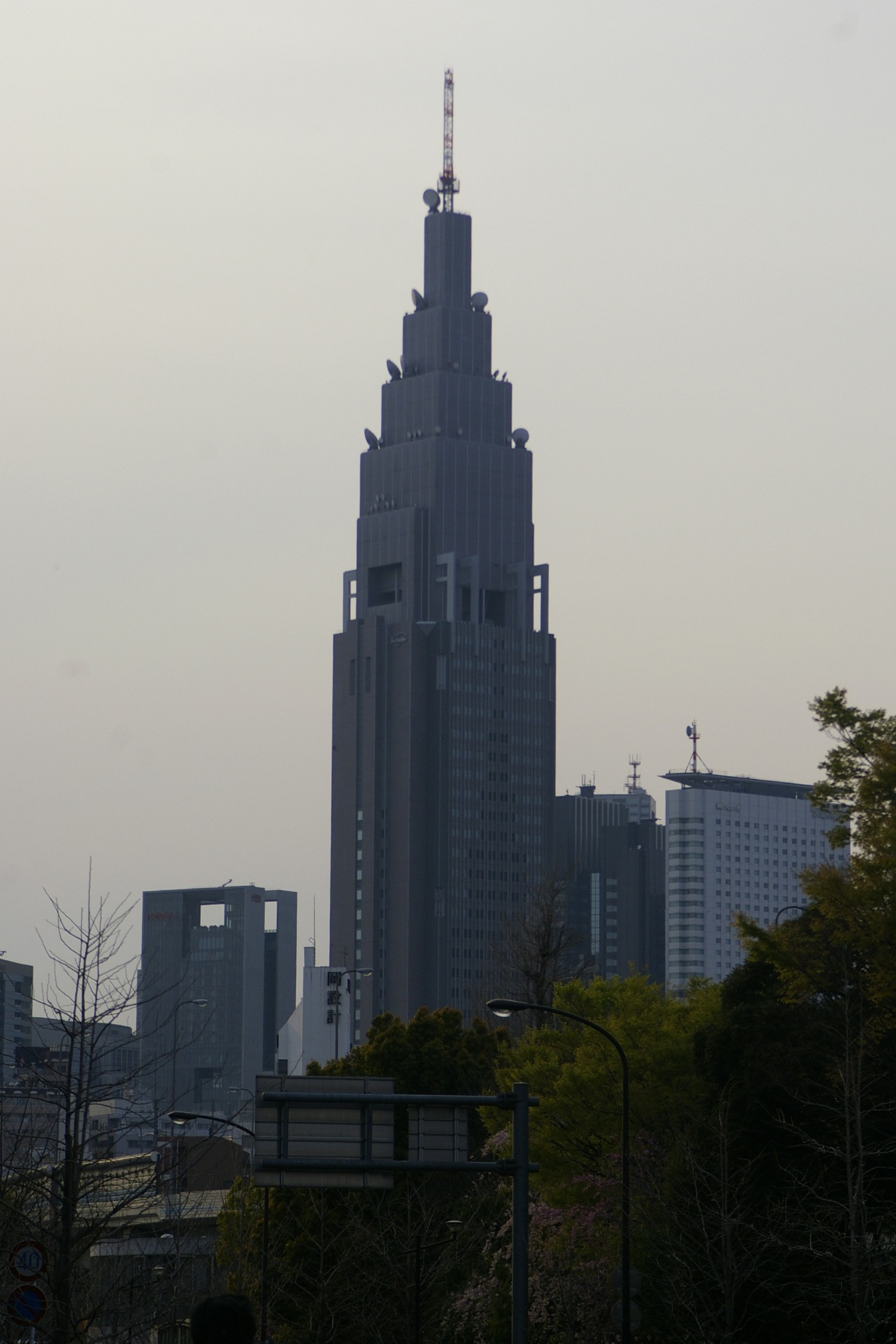
![[2010] - Tokyo Shinjuku 13](https://www.seidenpriester.de/wp-content/uploads/2012/02/2010-tokyo-shinjuku-13.jpg)